Exploring models of lensing galaxies
On bridging the gap between observations, models, and simulations
Philipp Denzel
Website
Light
Speed of light
Sun light
Alpha Centauri
Andromeda
Young galaxies
Cosmic epochs
Gravity
History

\[ R_{\mu\nu} - \frac{1}{2} g_{\mu\nu} R = 8 \pi T_{\mu\nu} \]
- matched up with Newton's law of gravity
- explained the orbit of Mercury exactly
- many predictions, for example…
- bending of star light passing by the Sun
a.k.a. gravitational lensing
- bending of star light passing by the Sun
- compatible with the expansion of the Universe
History

Illustrated London News, November 22 1919
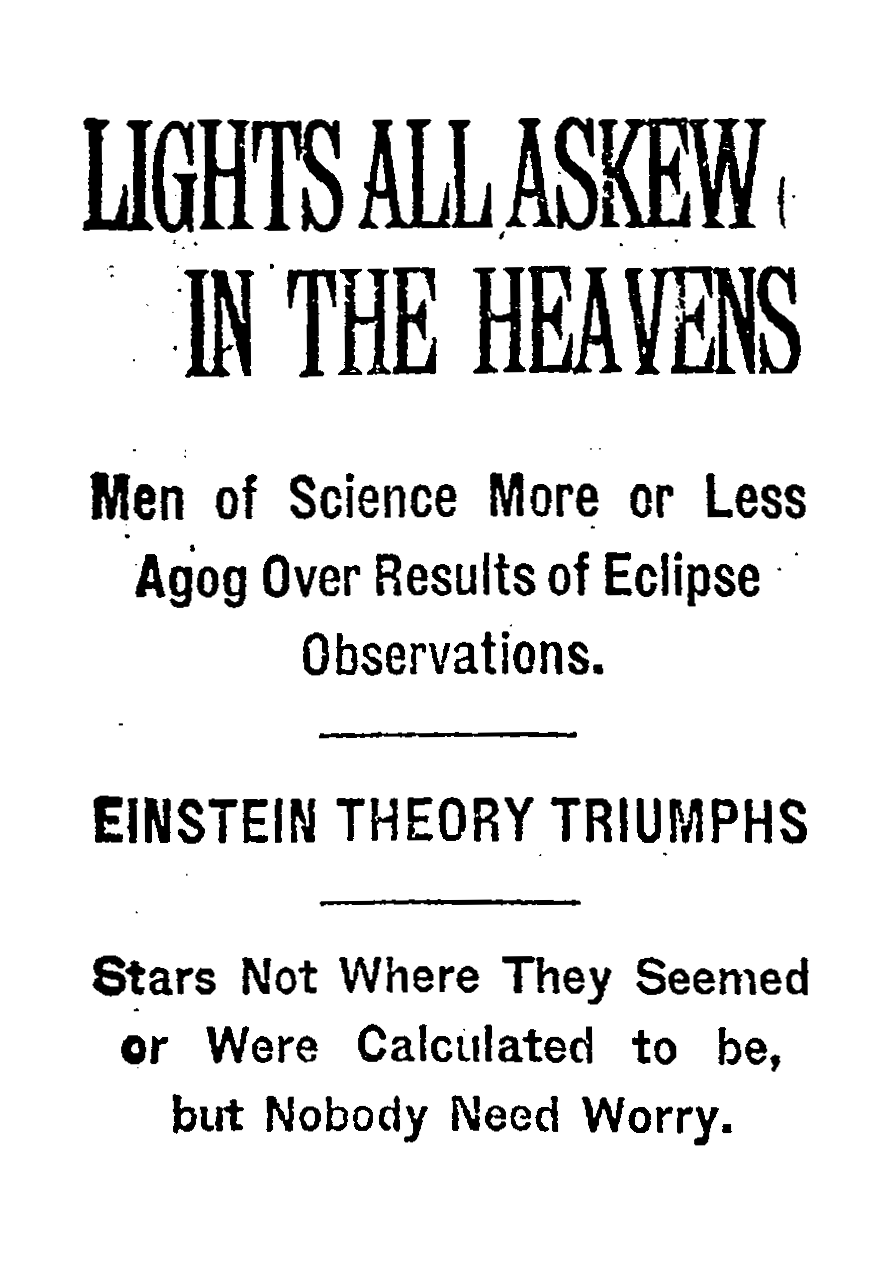
Headline NY Times, November 10 1919
Gravitational lensing
"Wine glass" lensing
Mock lensing
Zurich lensed
Outline

- Measuring the expansion rate of the Universe
- Lens modelling & degeneracies
- The lens-matching technique
Studying galaxy formation with lensing
Yesterday's discovery is today's calibration… and tomorrow's background!
— R. Feynman
The Hubble constant
Quasar lensing
RAS PR 17/4, Credit: ESA/Hubble, NASA
Inference through gravitational lensing
Credit: ESA/Hubble, NASA
Are we certain about the value of H\(_0\)?

E. Hubble (1929)
Credit: J. Huchra (2010)
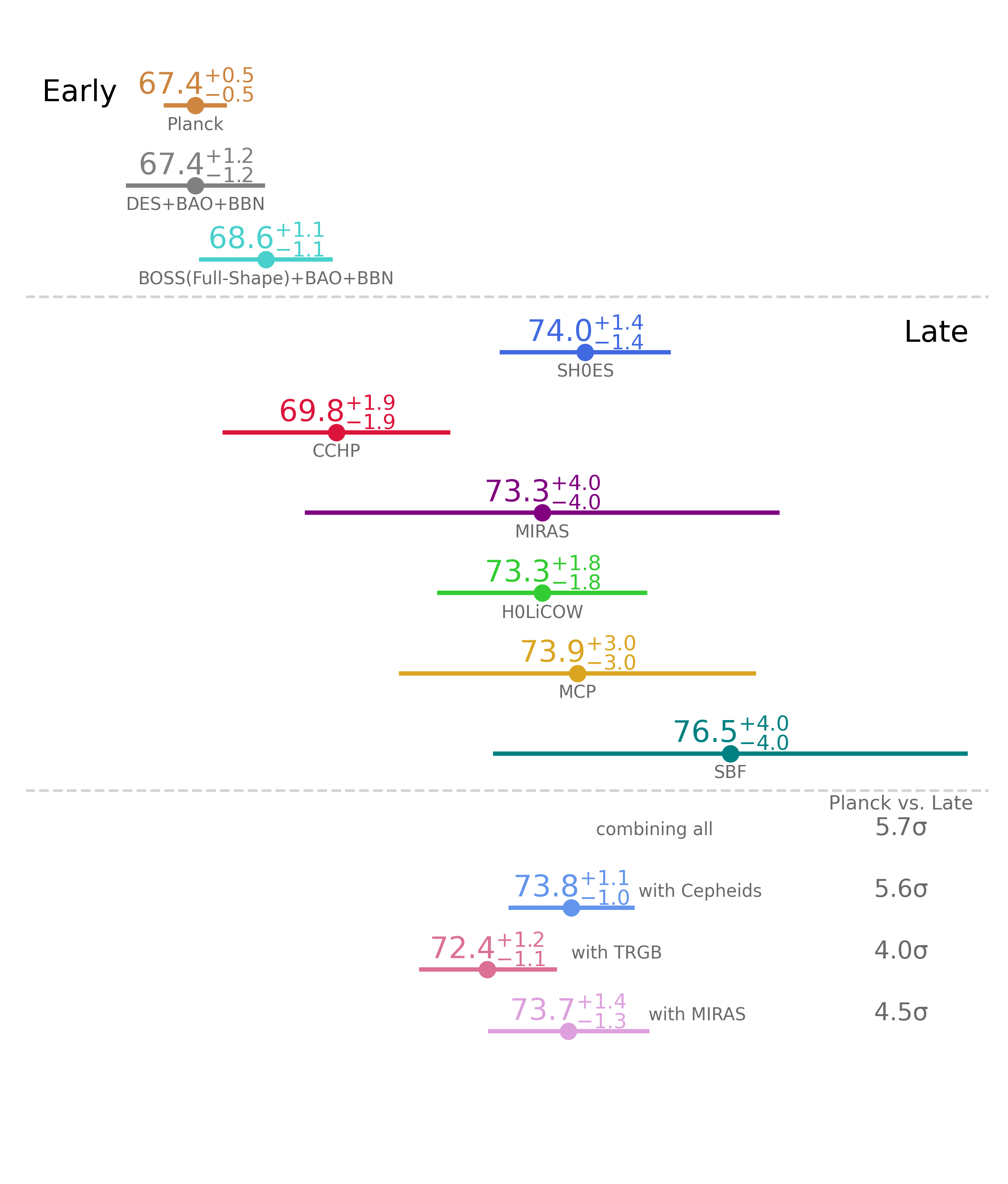
Verde et al. (2019) Credit: V. Bonvin & M. Millon
Time-delay galaxies
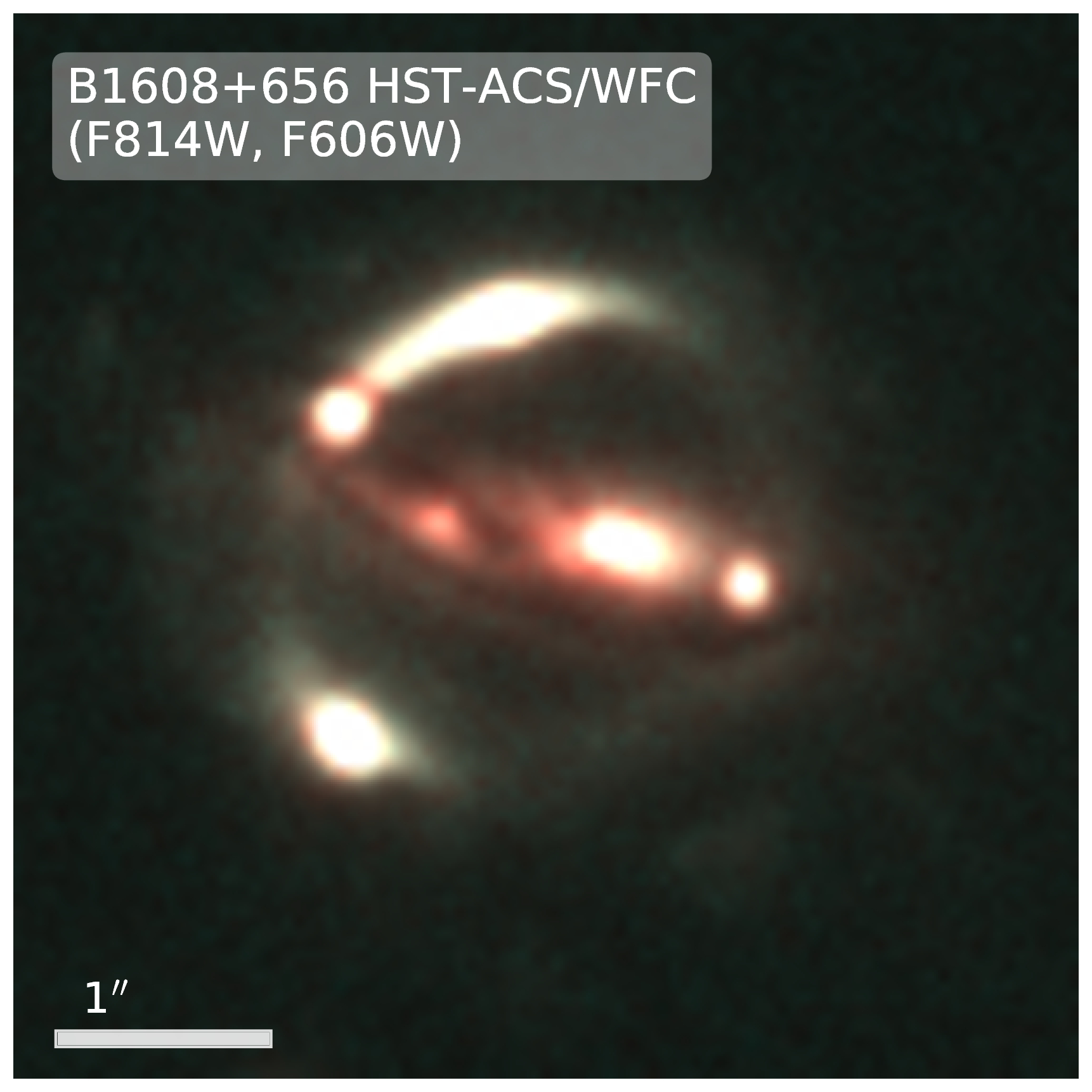
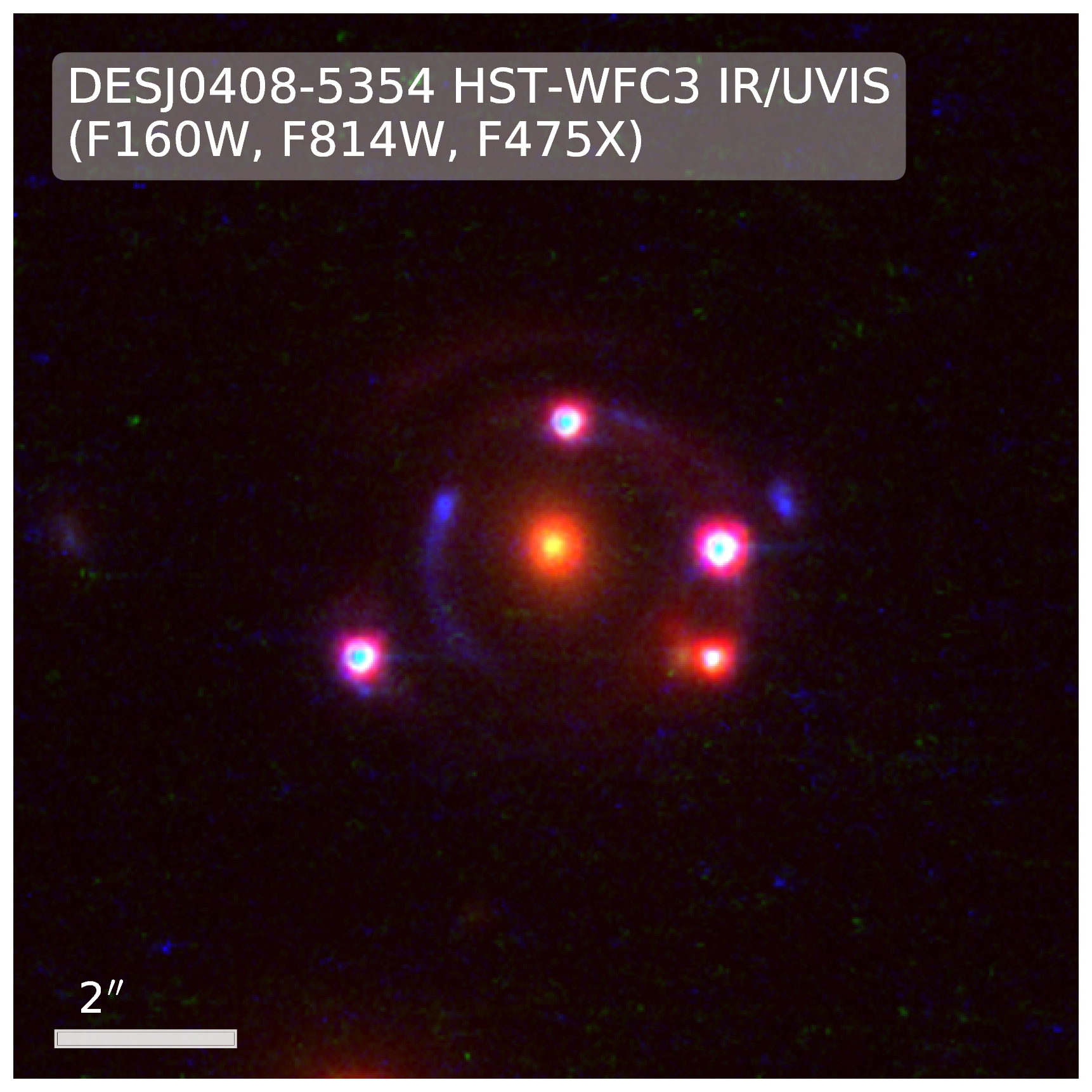
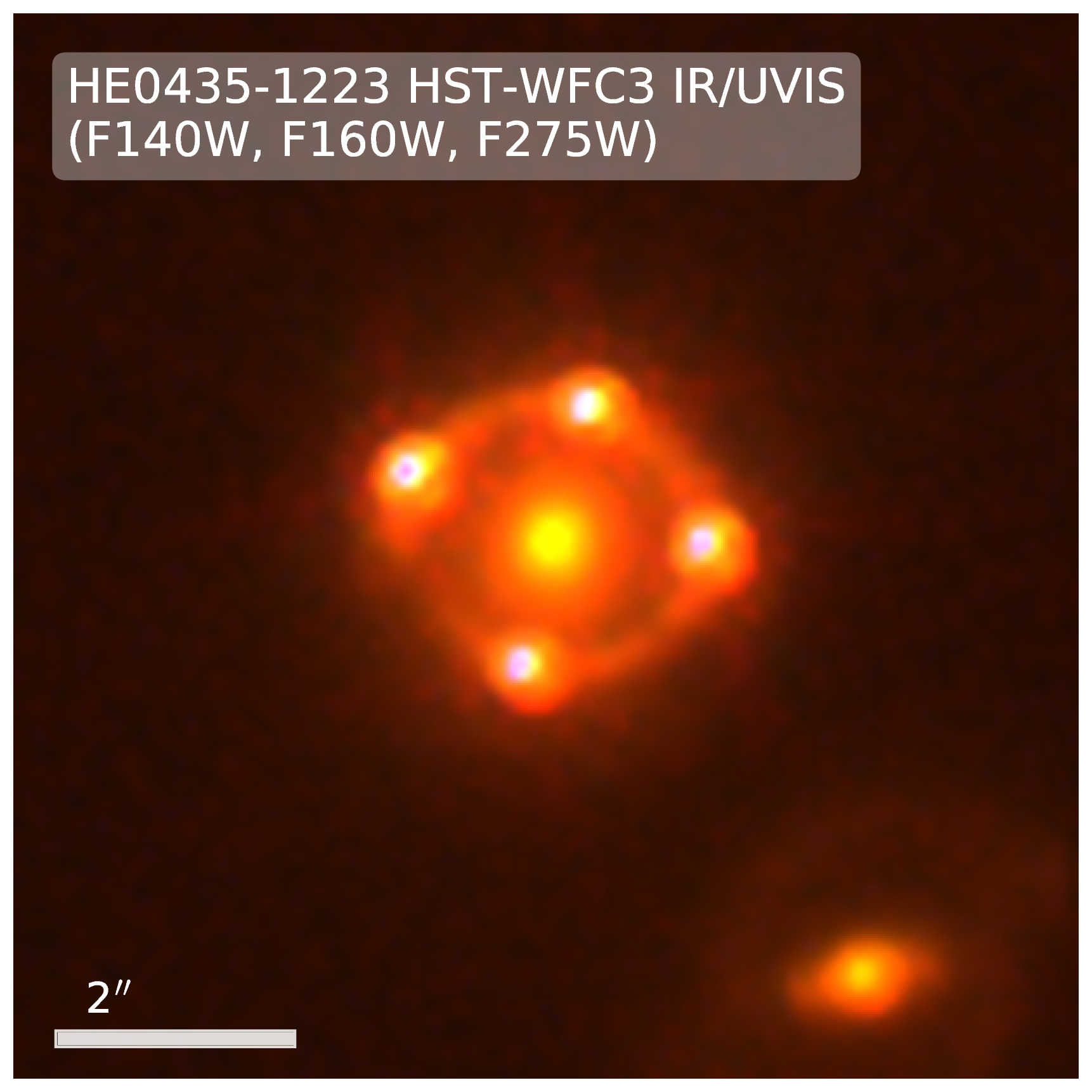
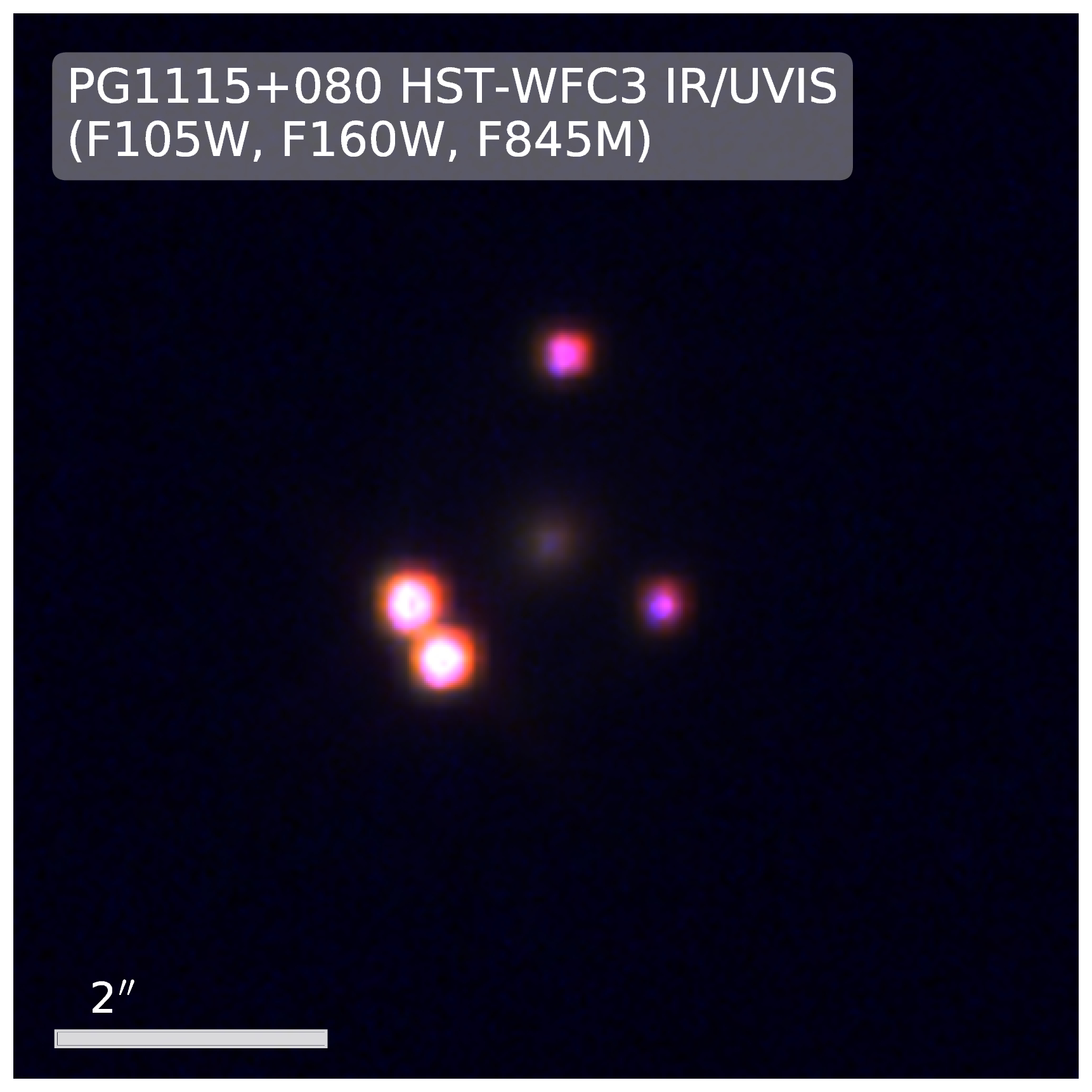

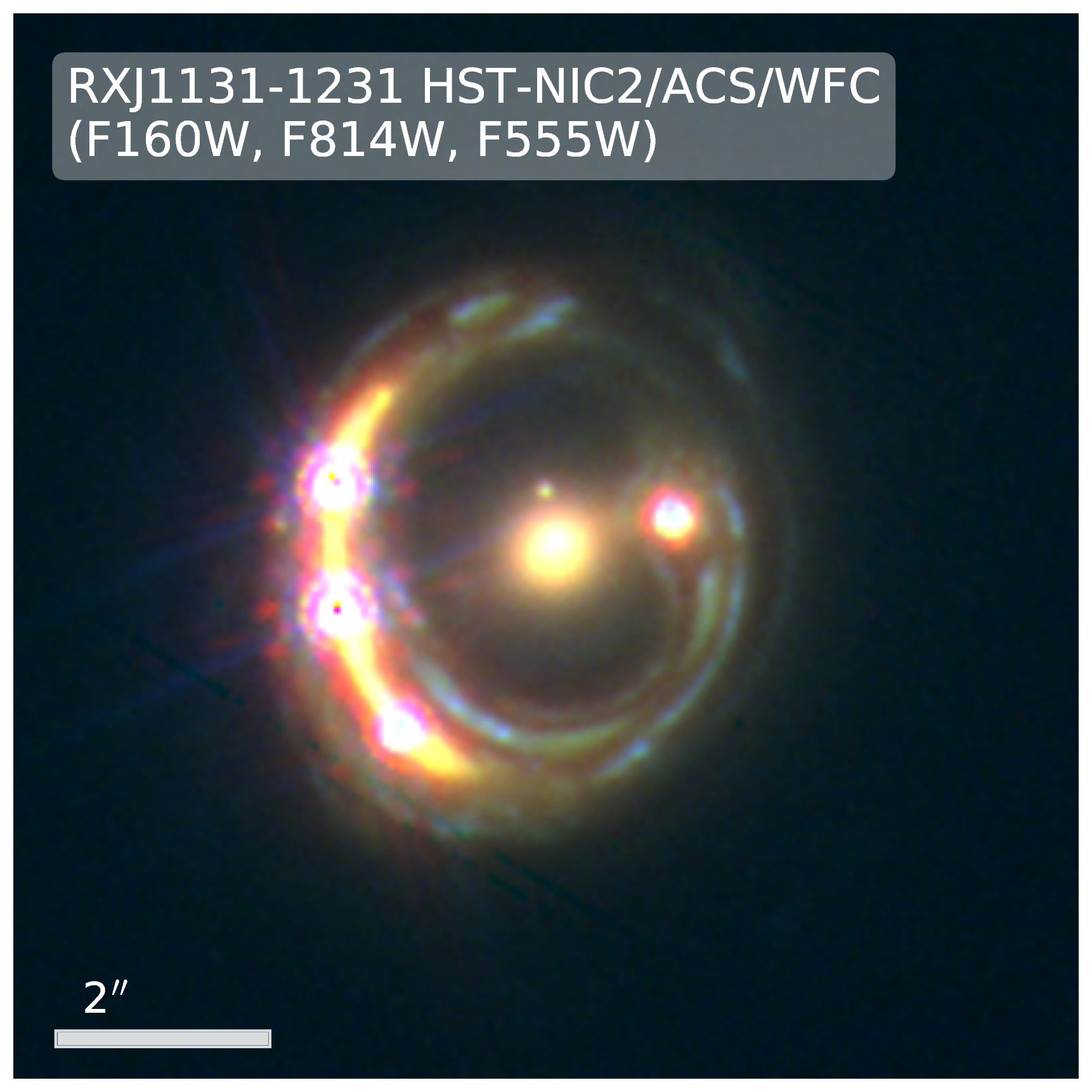

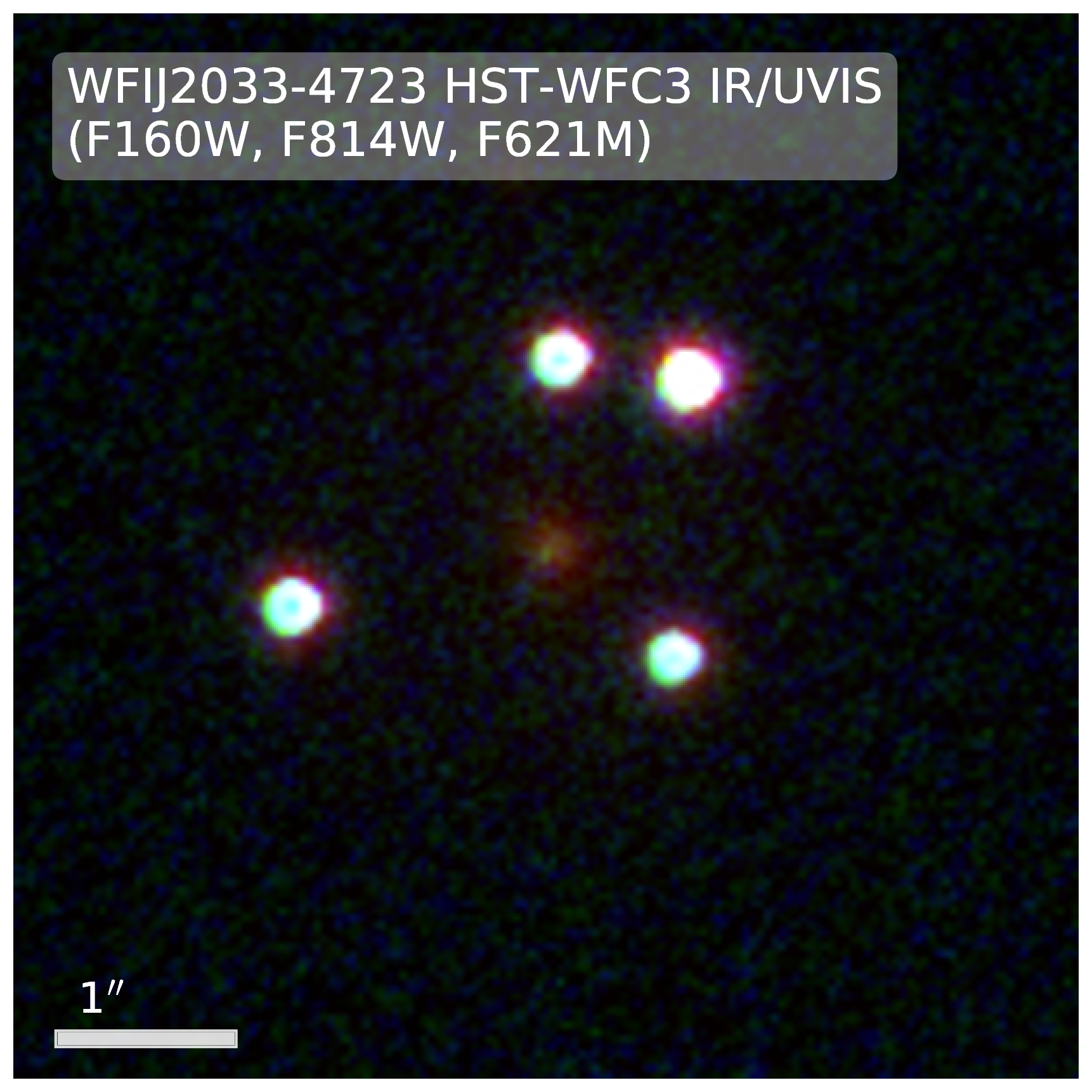
Lens models
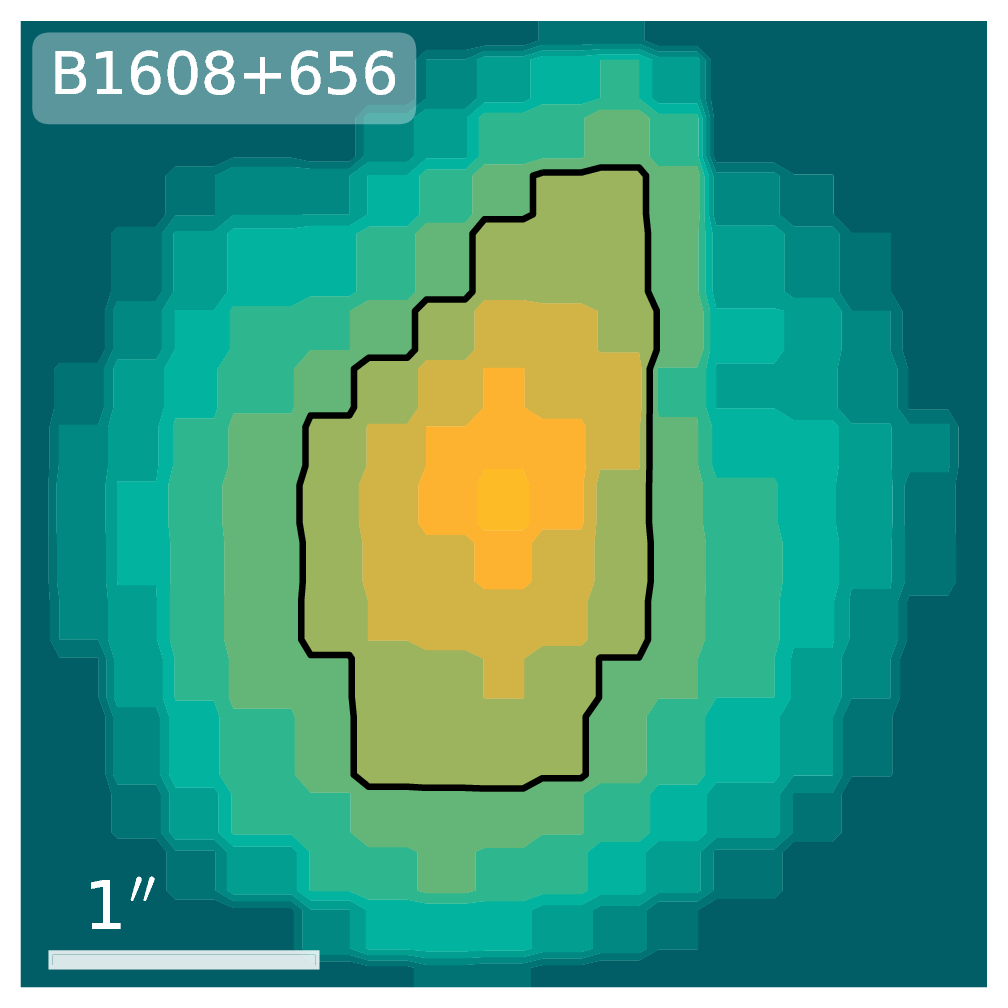
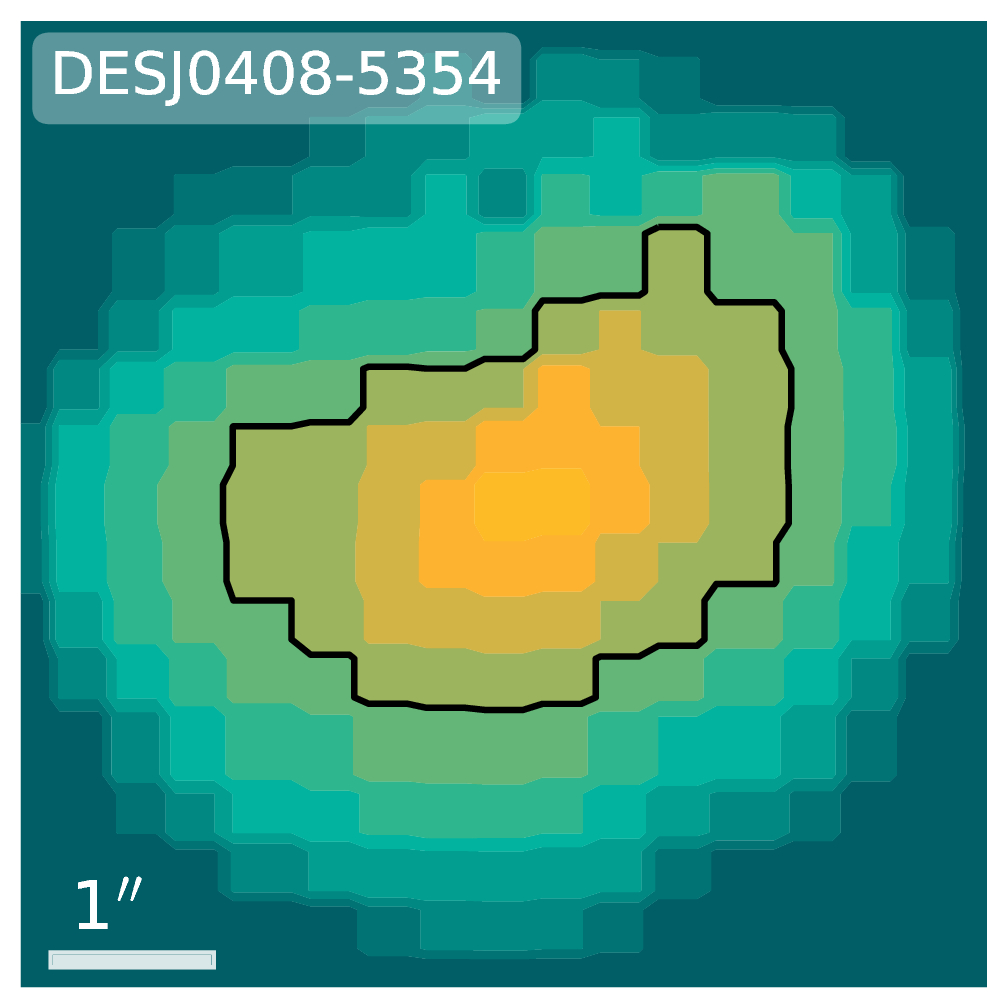
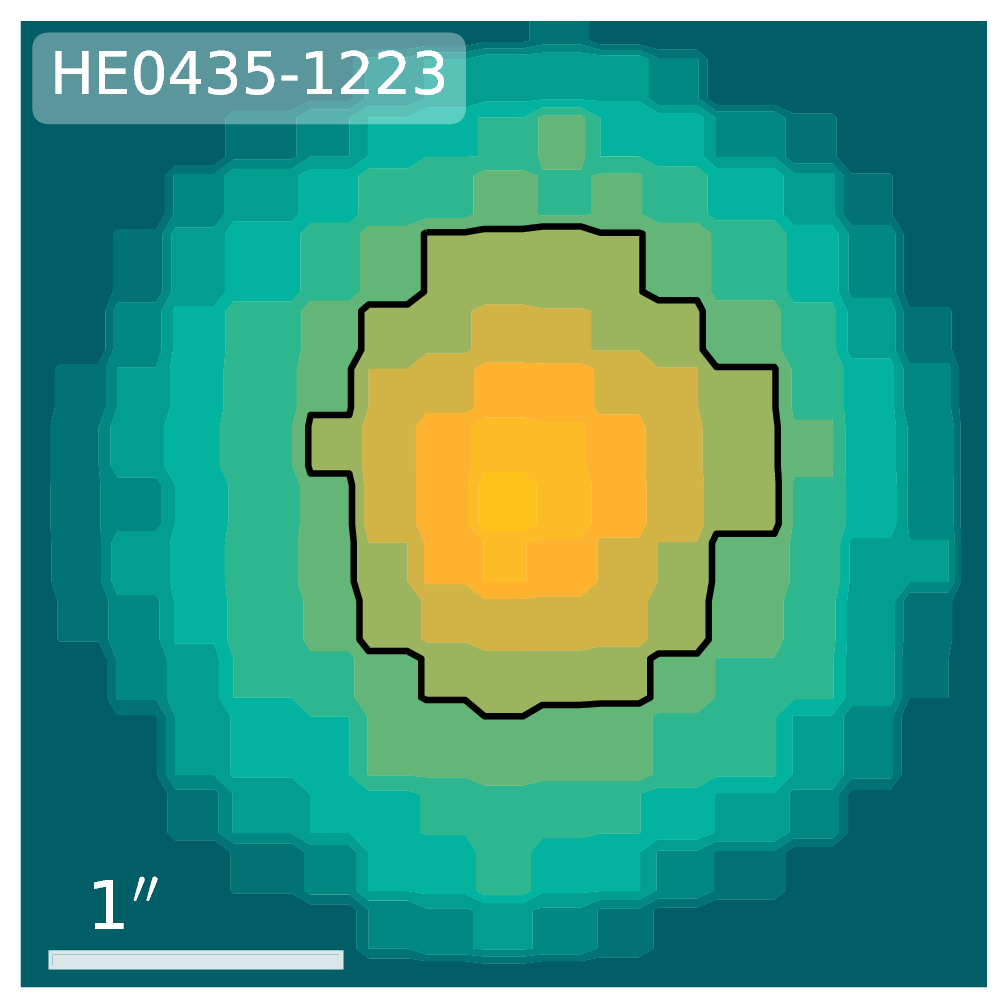
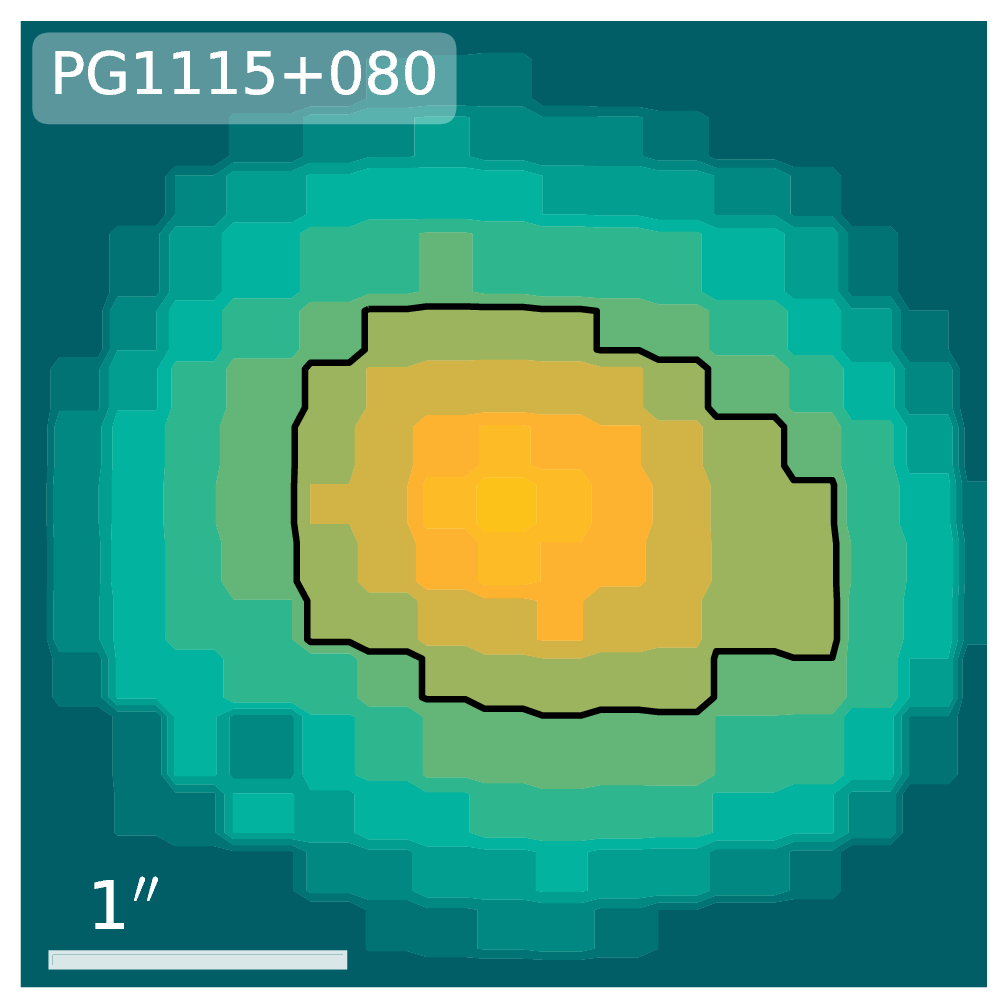
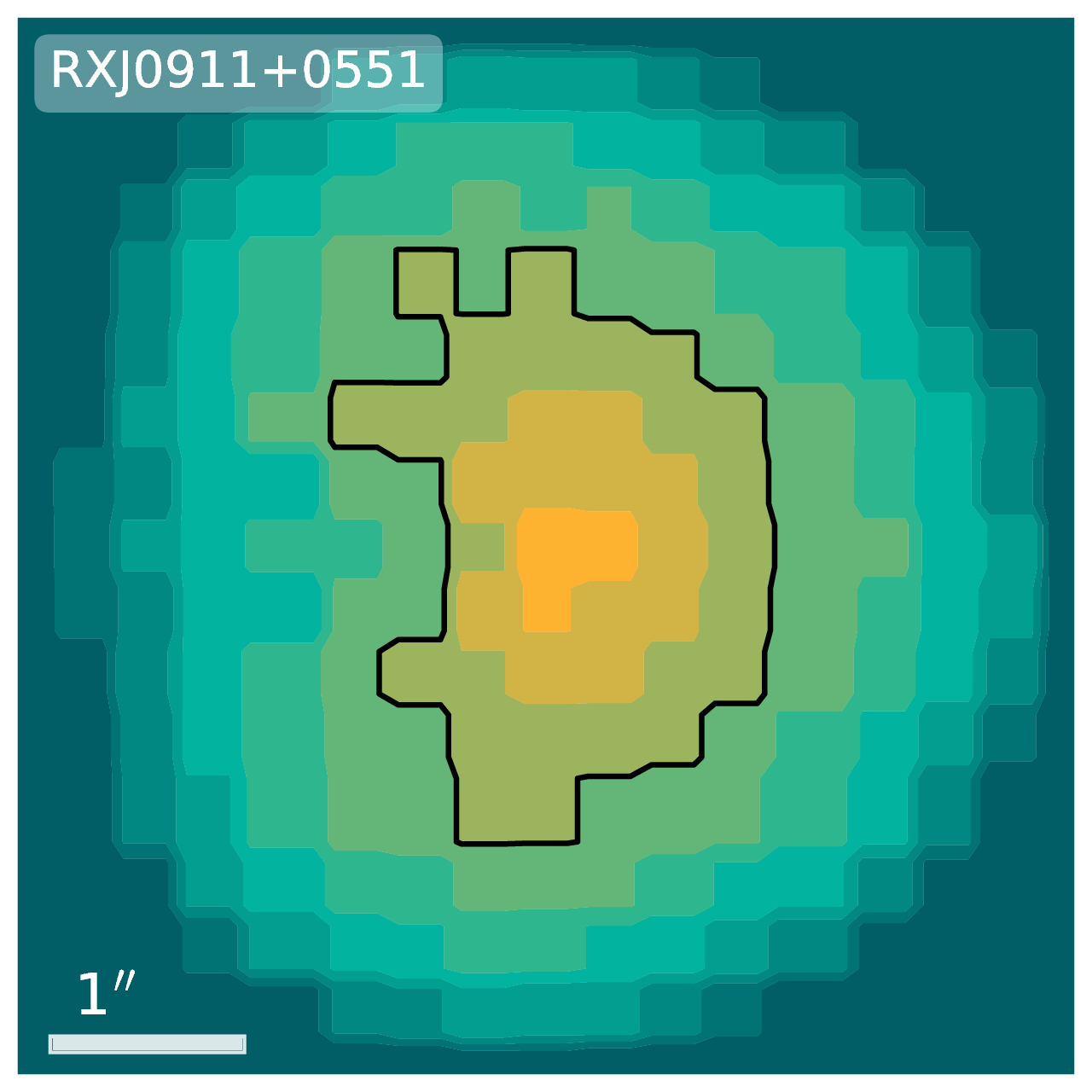
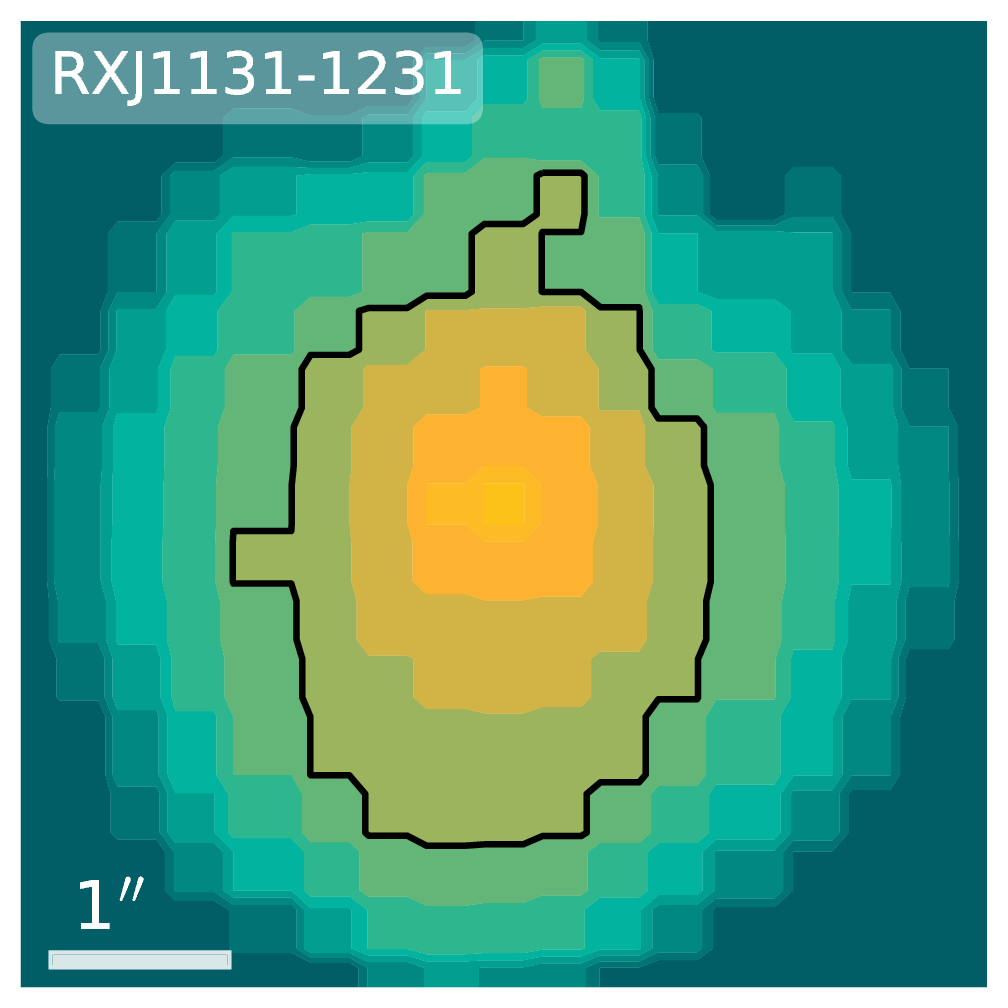
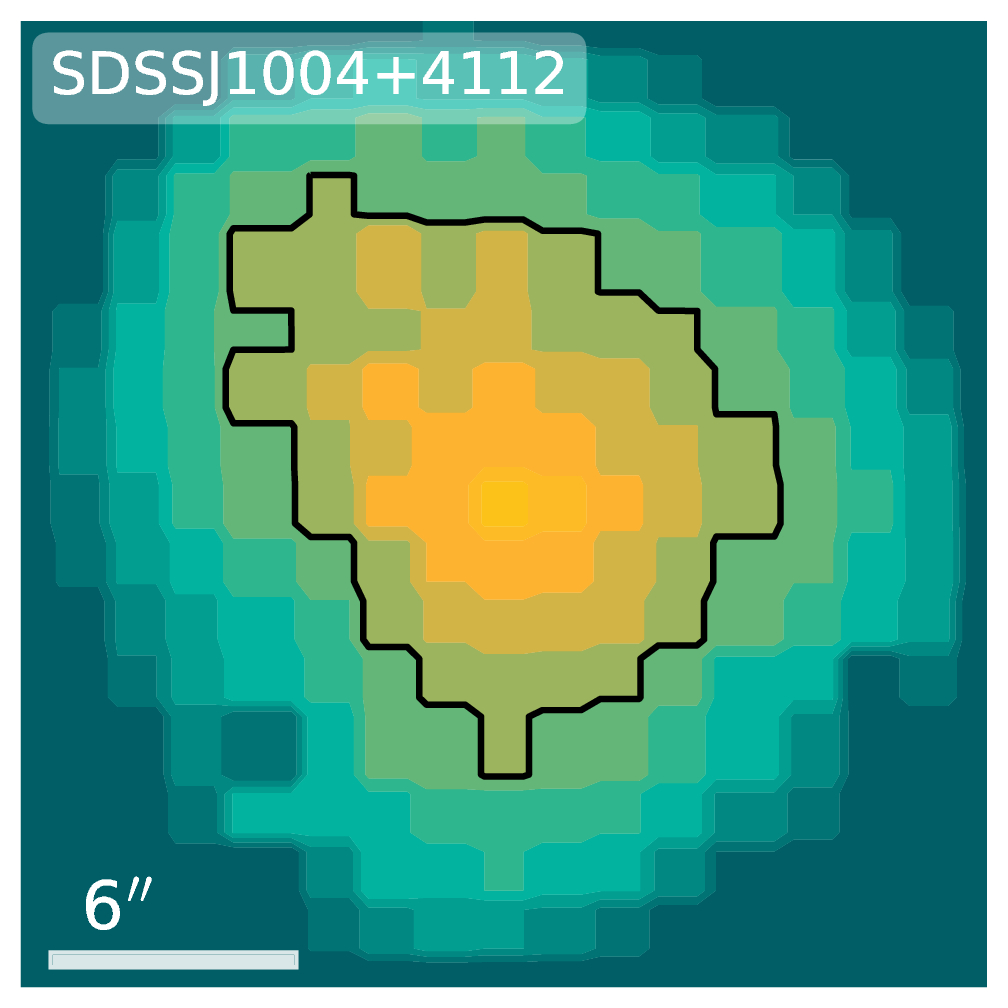
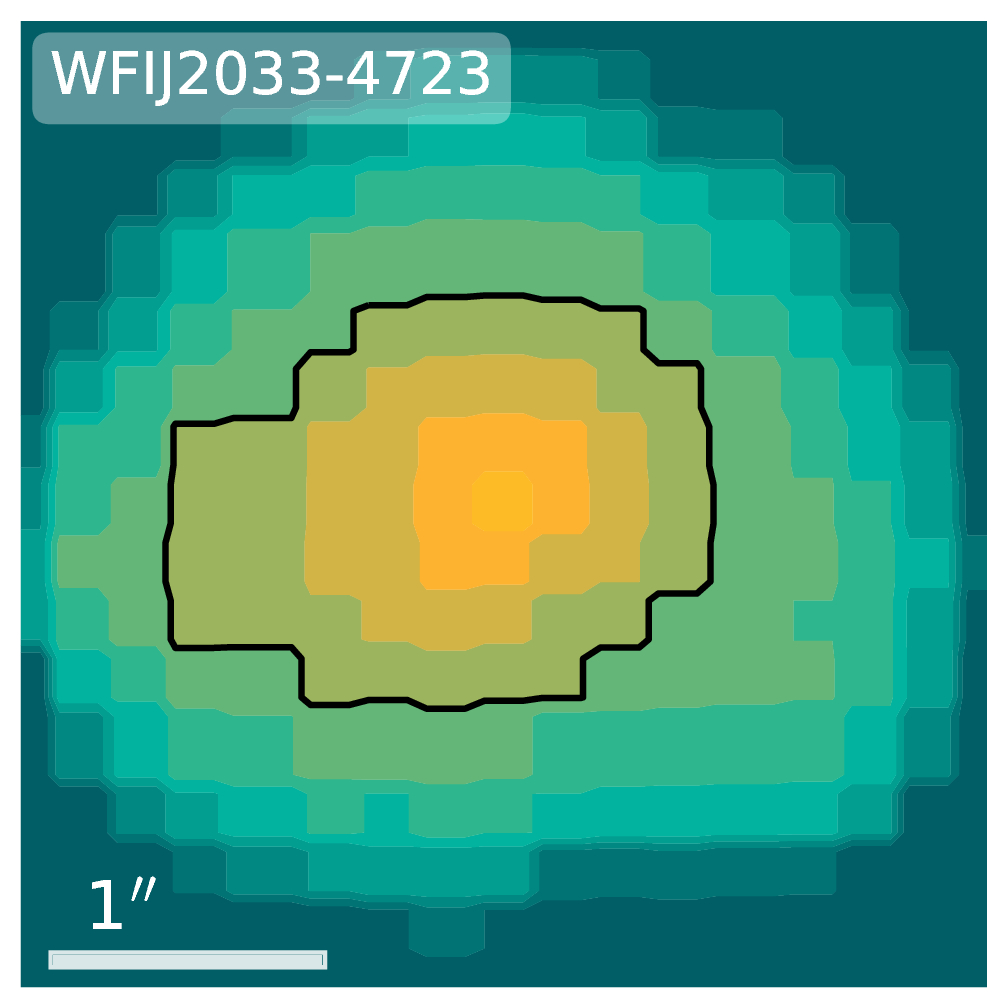
Ensemble
DESJ0408-5354
Ensembles of models: 1000
H\(_0\) inference
\[ H_0^{-1} = 13.8^{+0.7}_{-0.7} \,\mathrm{Gyr} \]
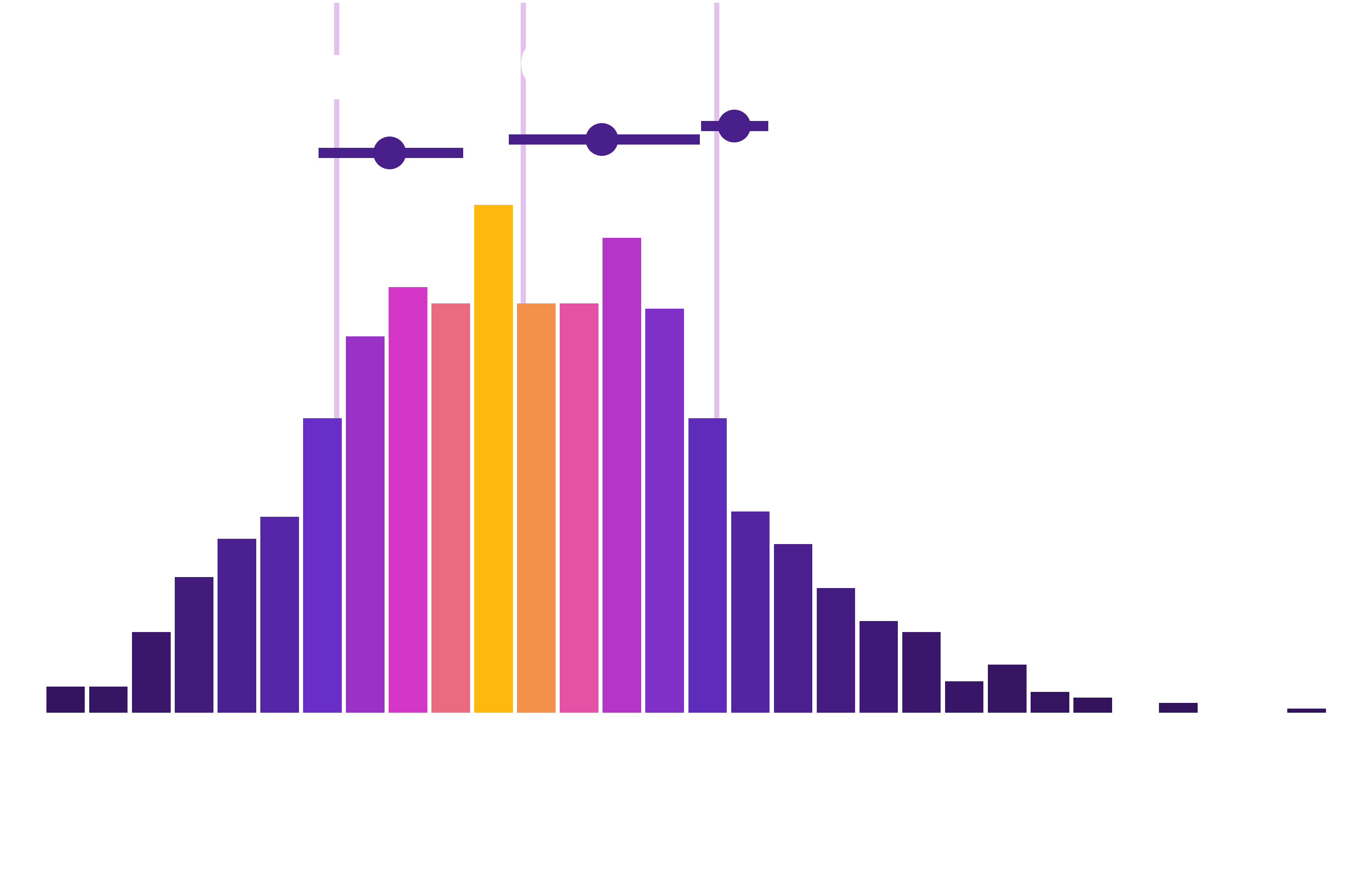

Data vs synthetic images

Data vs synthetic images
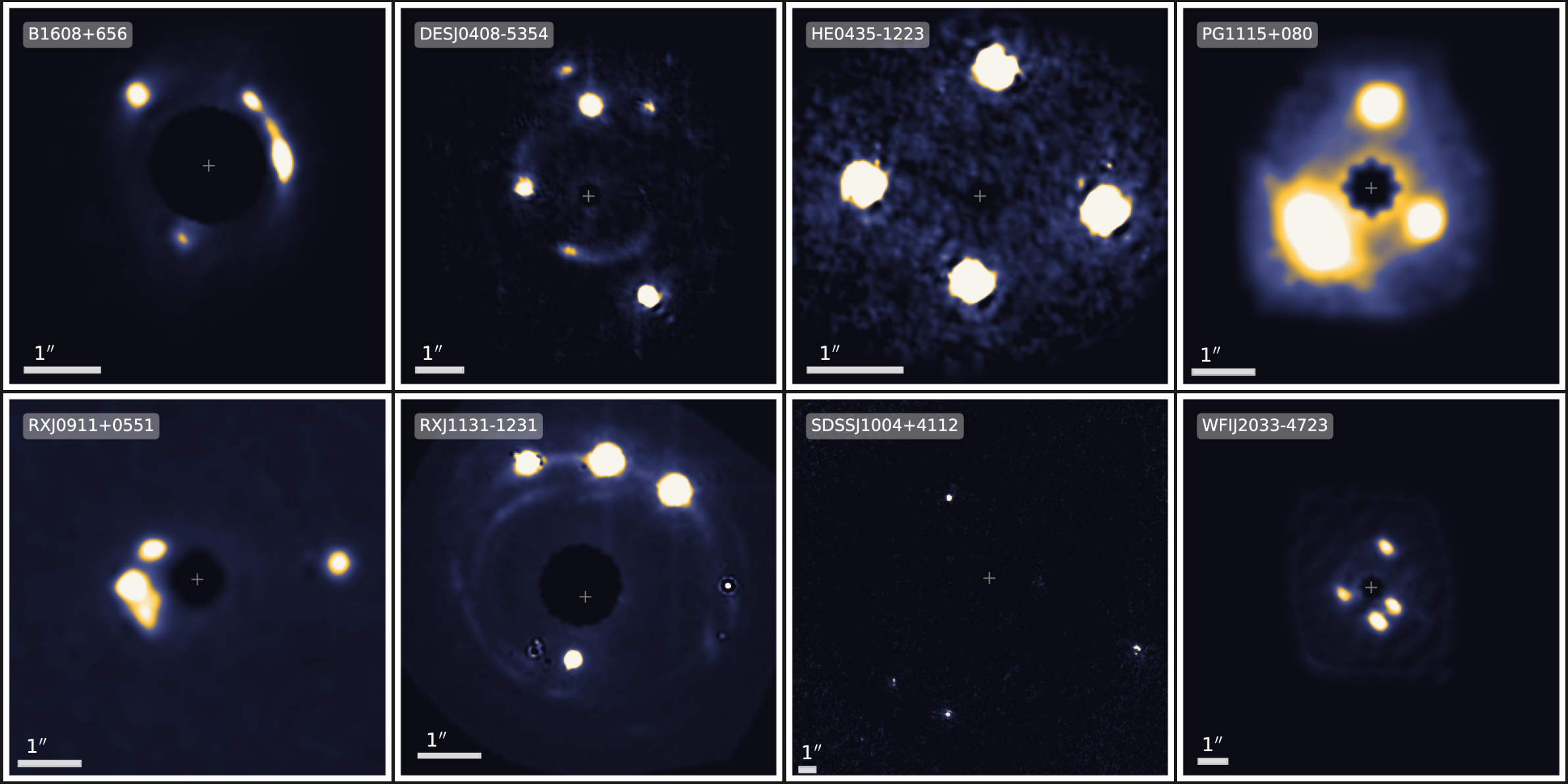
Synthetic ensemble optimization
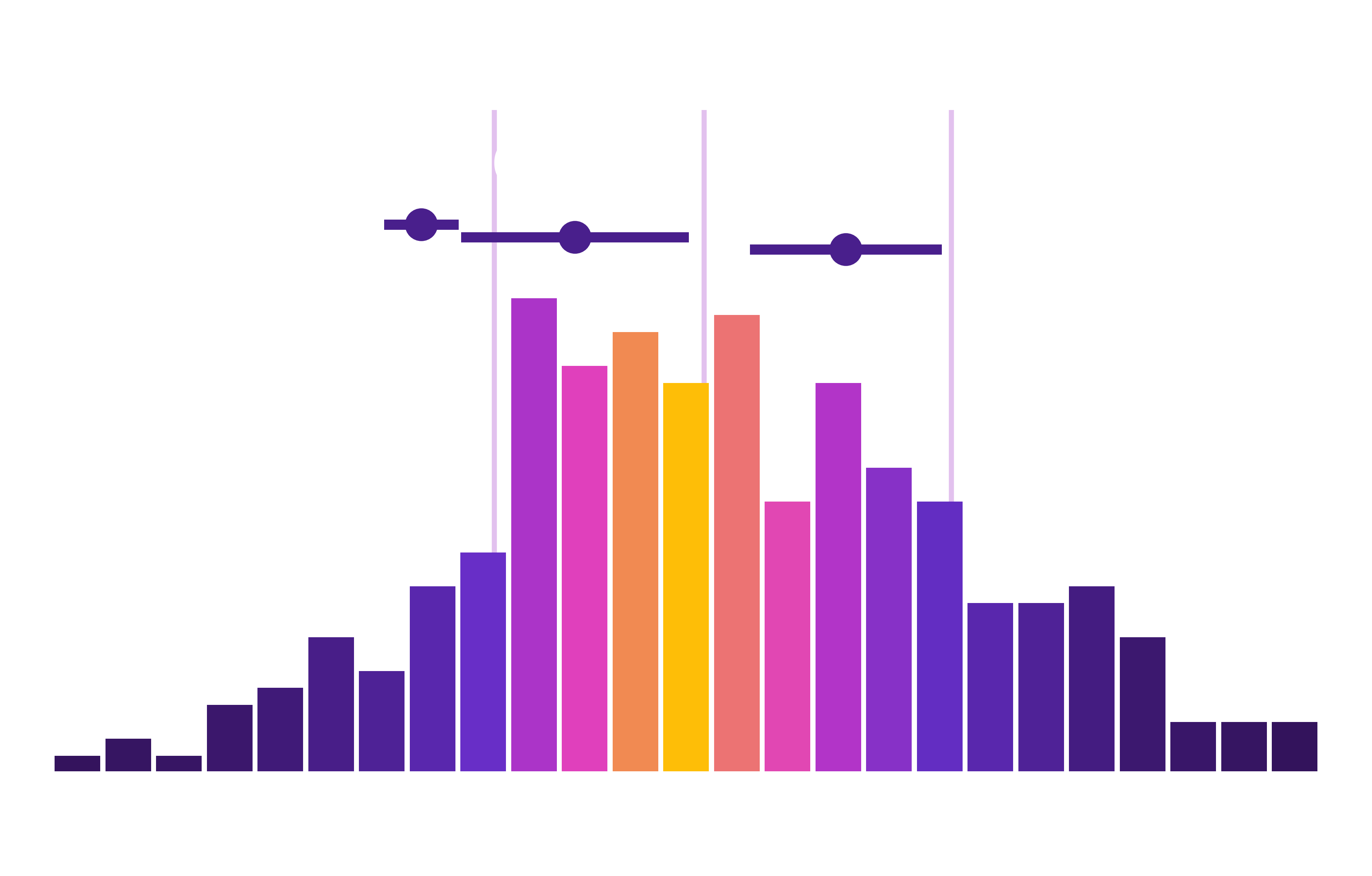
Lensing degeneracies
One configuration, multiple solutions
- SEAGLE-generated lens simulations:
- Testing free-form reconstructions:
- modelled with GLASS (Coles et al. 2014)
- Denzel et al. (2020)
- Synthetic image optimizations
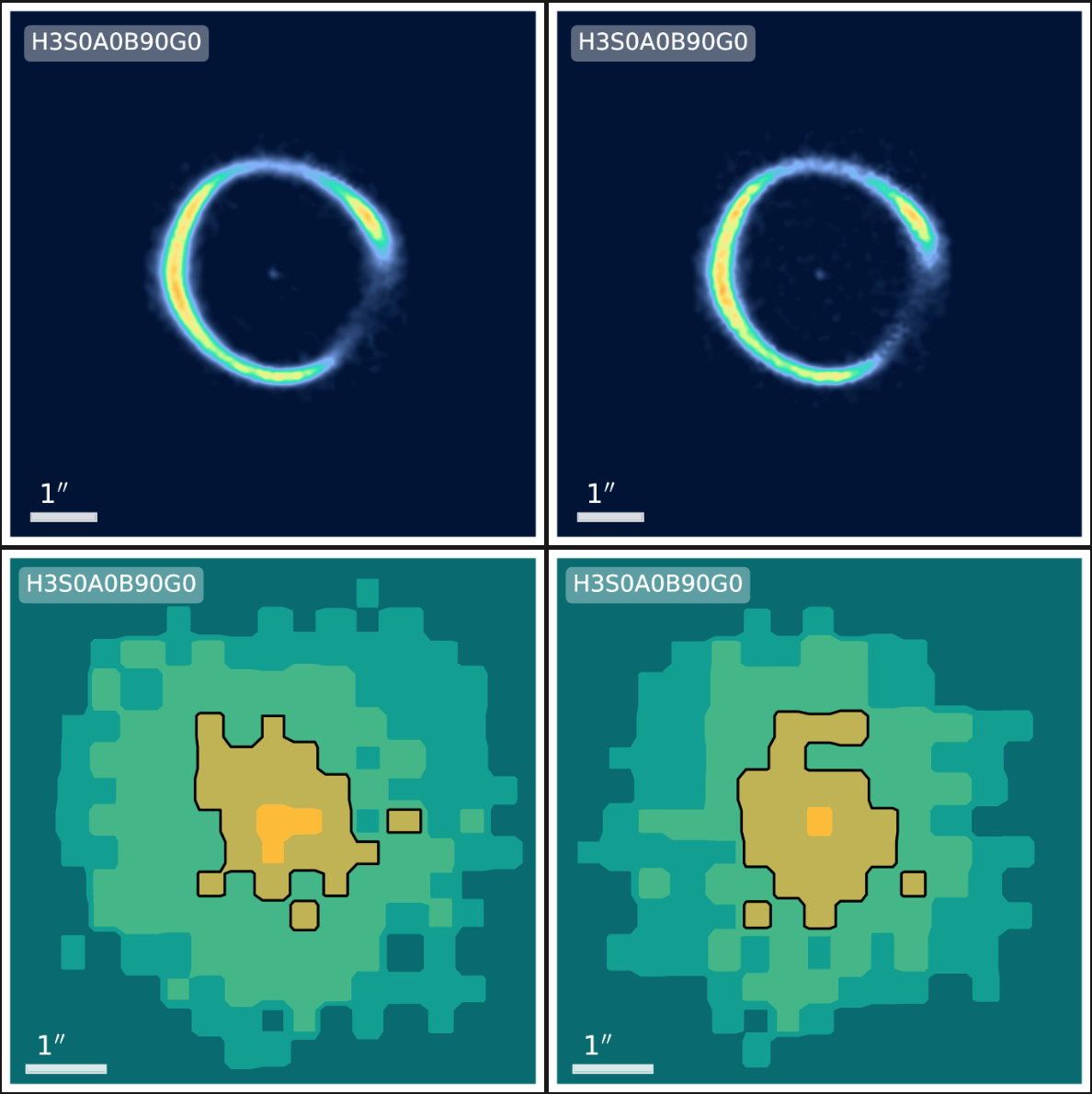
The lensing Roche potential

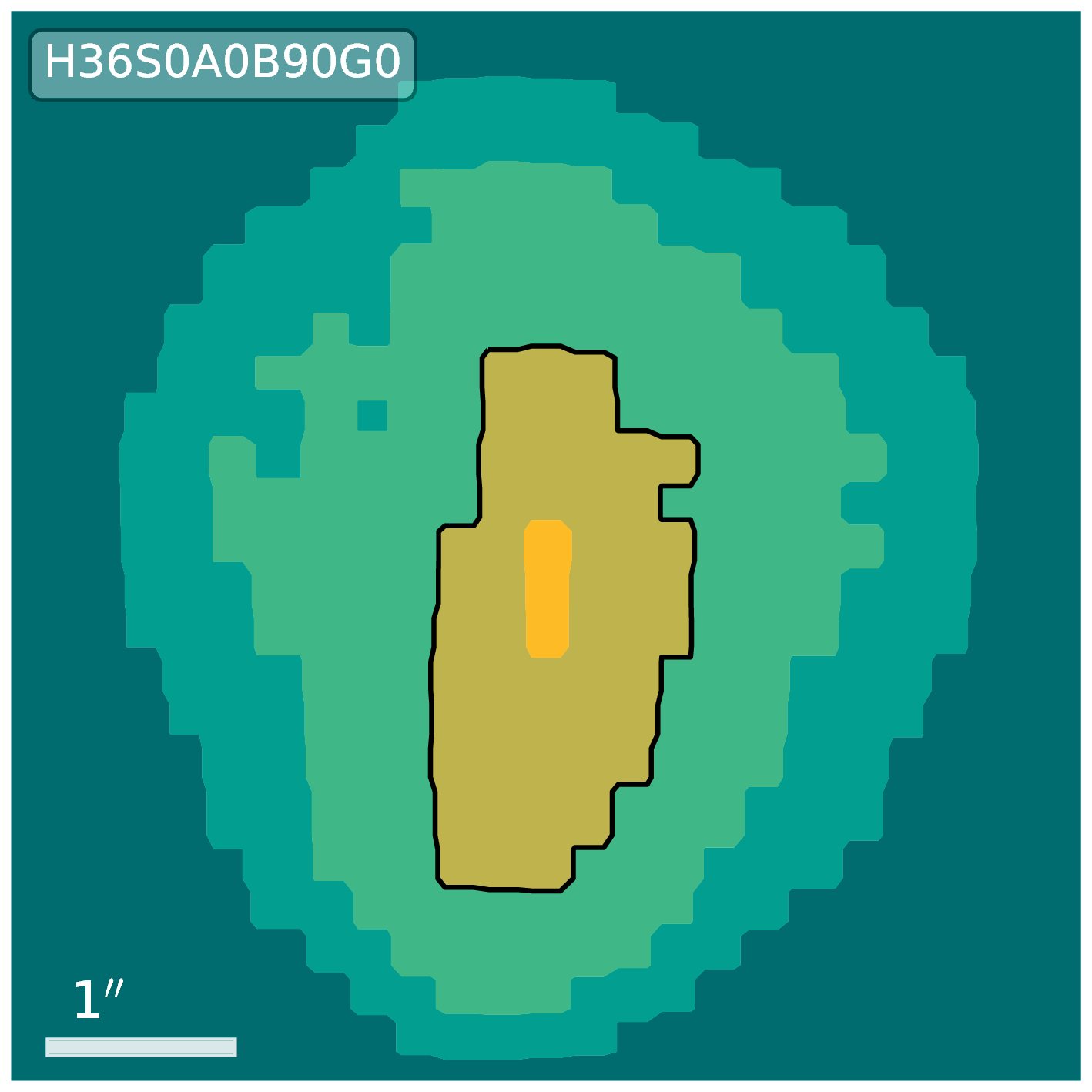
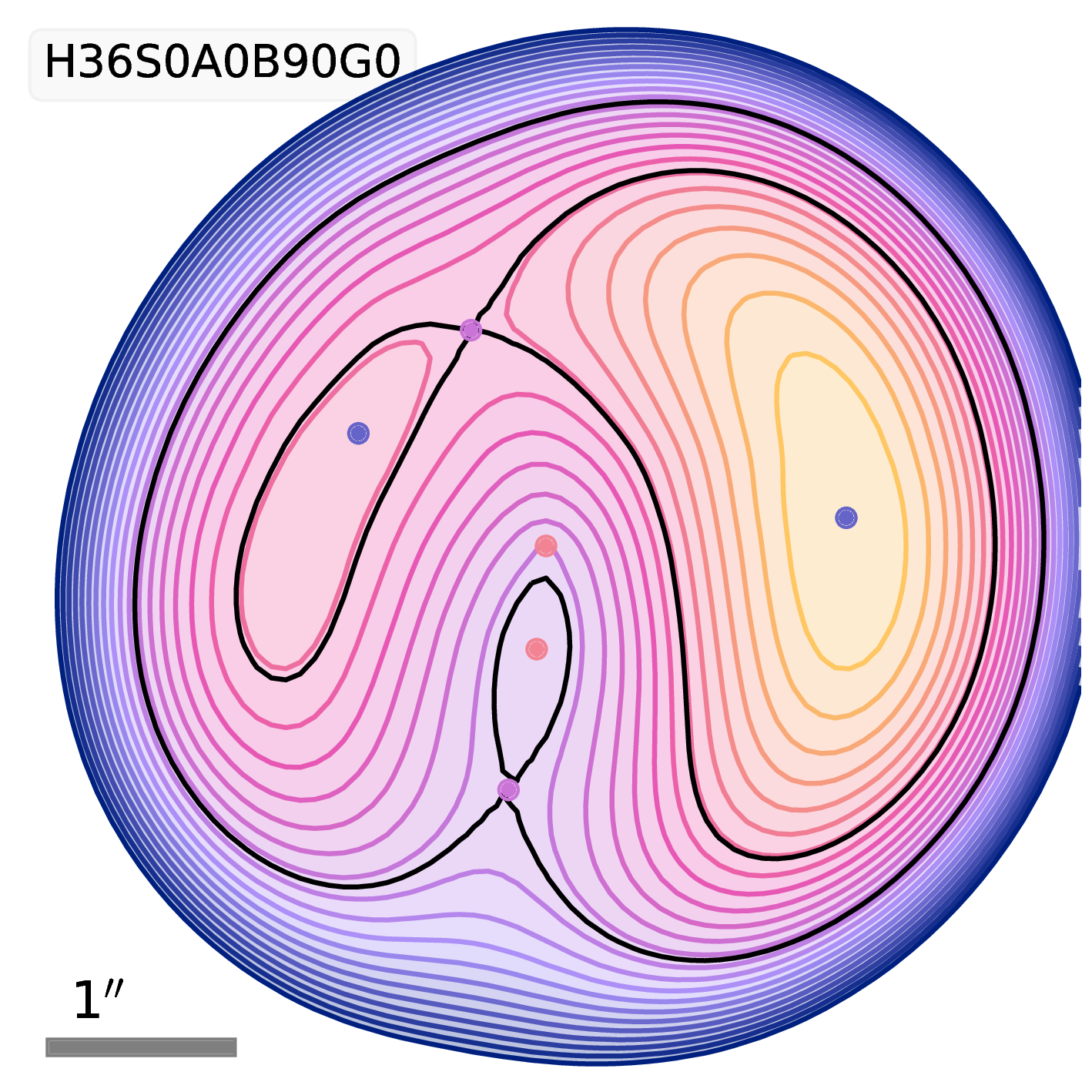
Synthetic images
- Source reconstruction:
- \(\pmb\beta = \nabla\mathcal{P}(\pmb\theta)\)
\[ I(\pmb\theta) = \int\int L(\pmb\theta', \pmb\beta) P(\pmb\theta - \pmb\theta') s(\pmb\beta) \mathrm{d}^2\pmb\theta' \mathrm{d}^2\pmb\beta \]
- \(\pmb\beta = \nabla\mathcal{P}(\pmb\theta)\)
- New implementation:
gleampython module
open-source on github.com/phdenzel/gleam

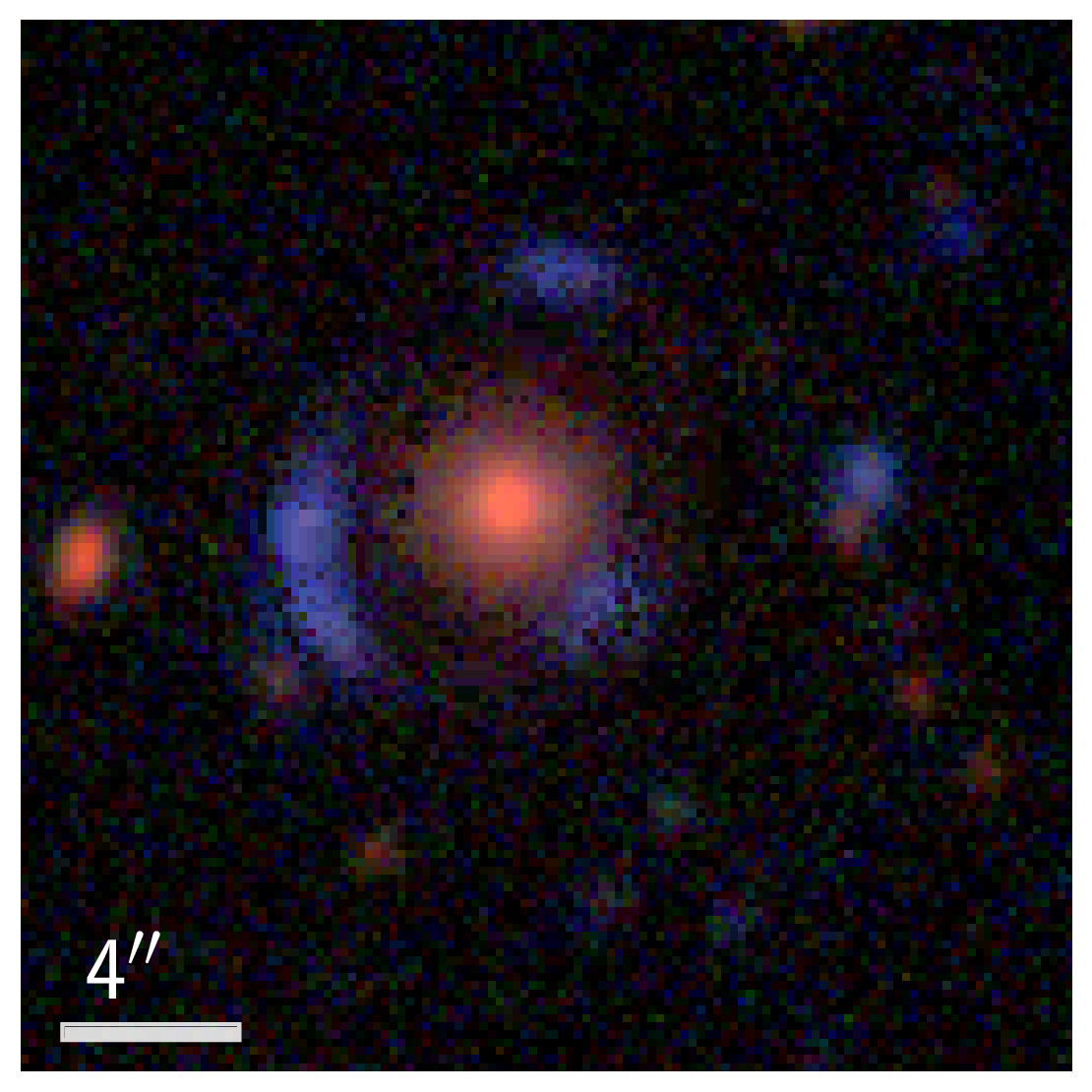
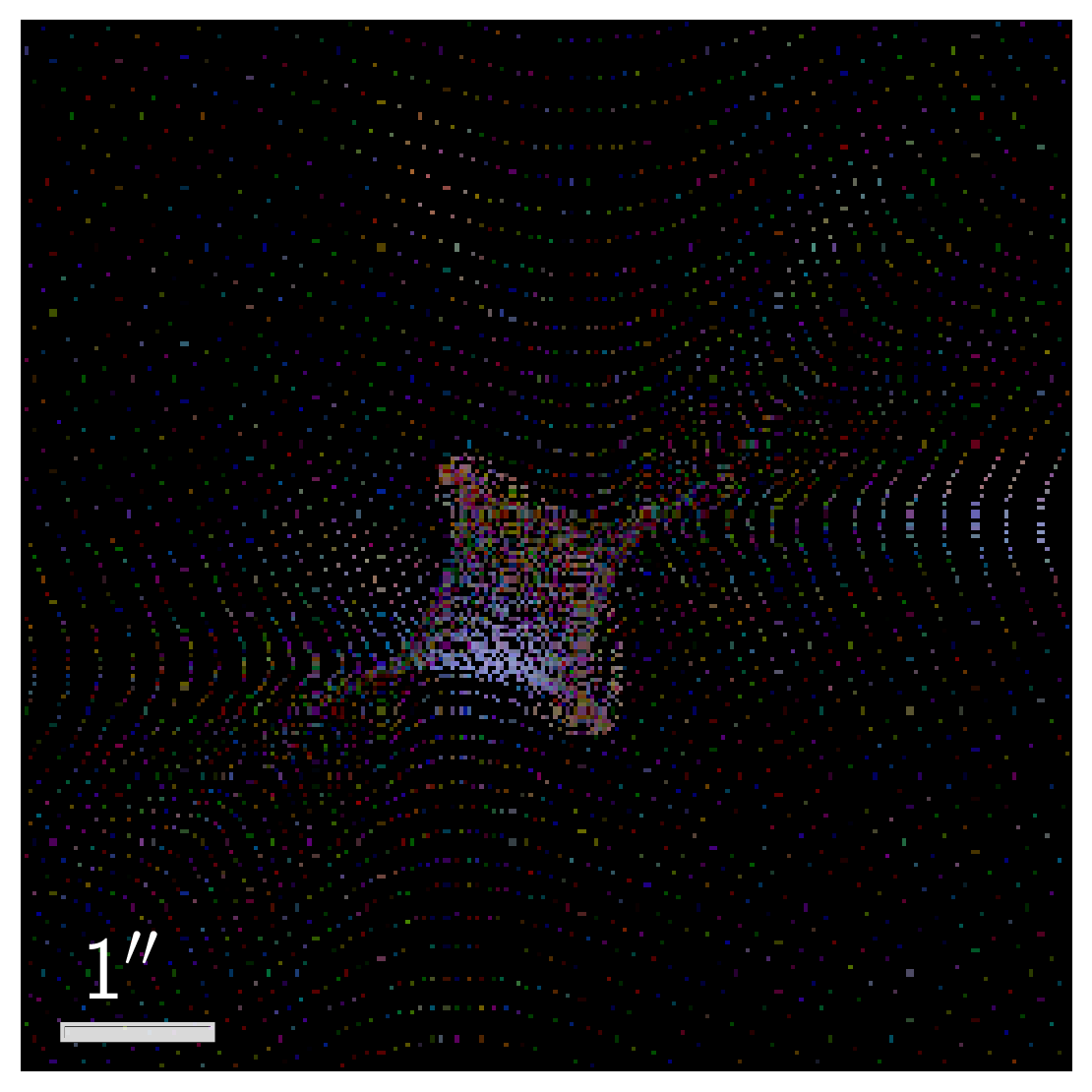
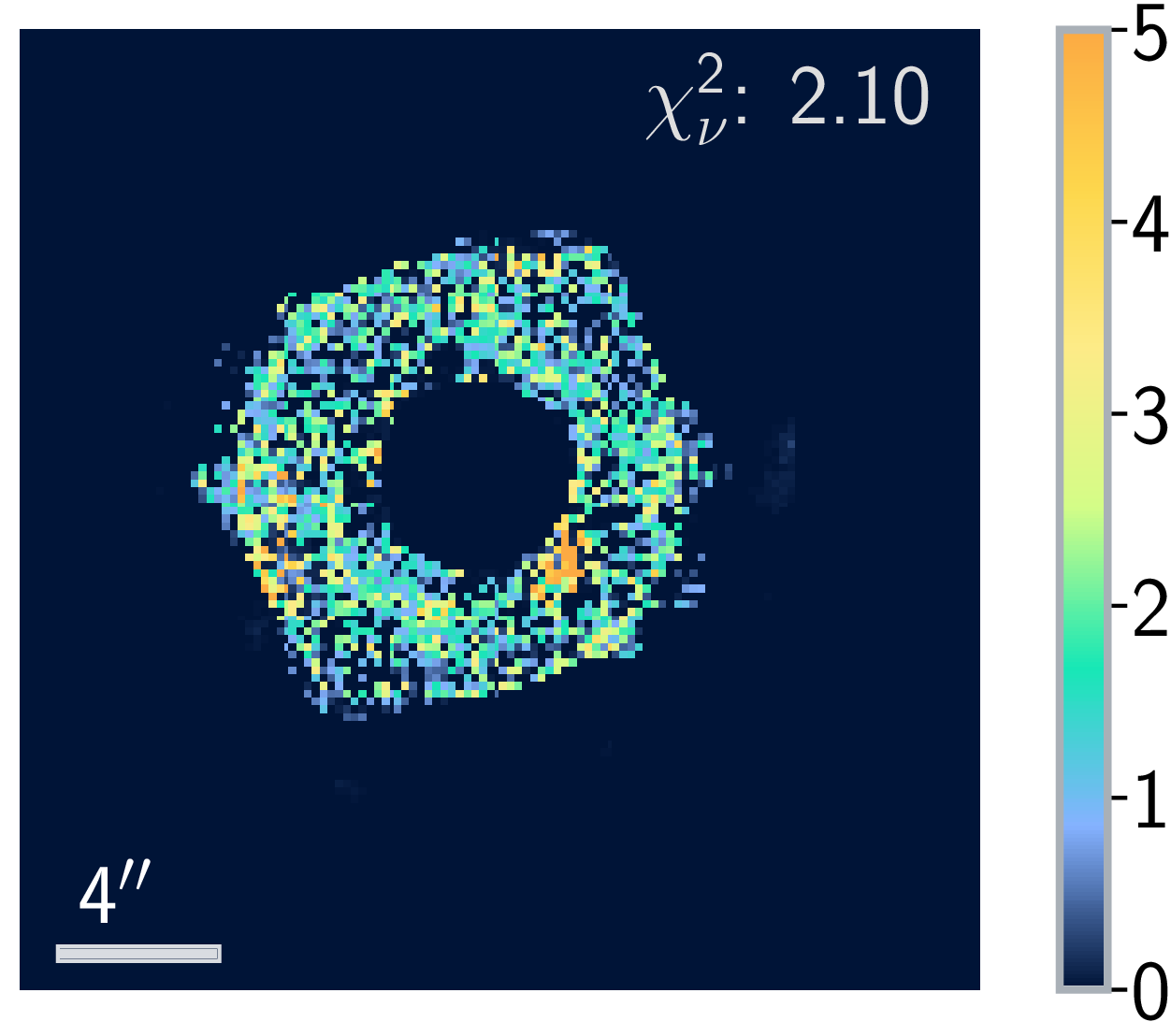
Denzel et al. (2020d, to be submitted)
Lens matching
Concept
Galaxy-formation scenario: \(F\), observed data: \(D\), galaxy properties: \(g\) nuisance paramters: \(\nu\)
Denzel et al. (2020c, submitted to MNRAS)
Markov-Chain Monte-Carlo marginalization
Denzel et al. (2020c, submitted to MNRAS)
Lens matching
A catalogue of 1662 SEAGLE models

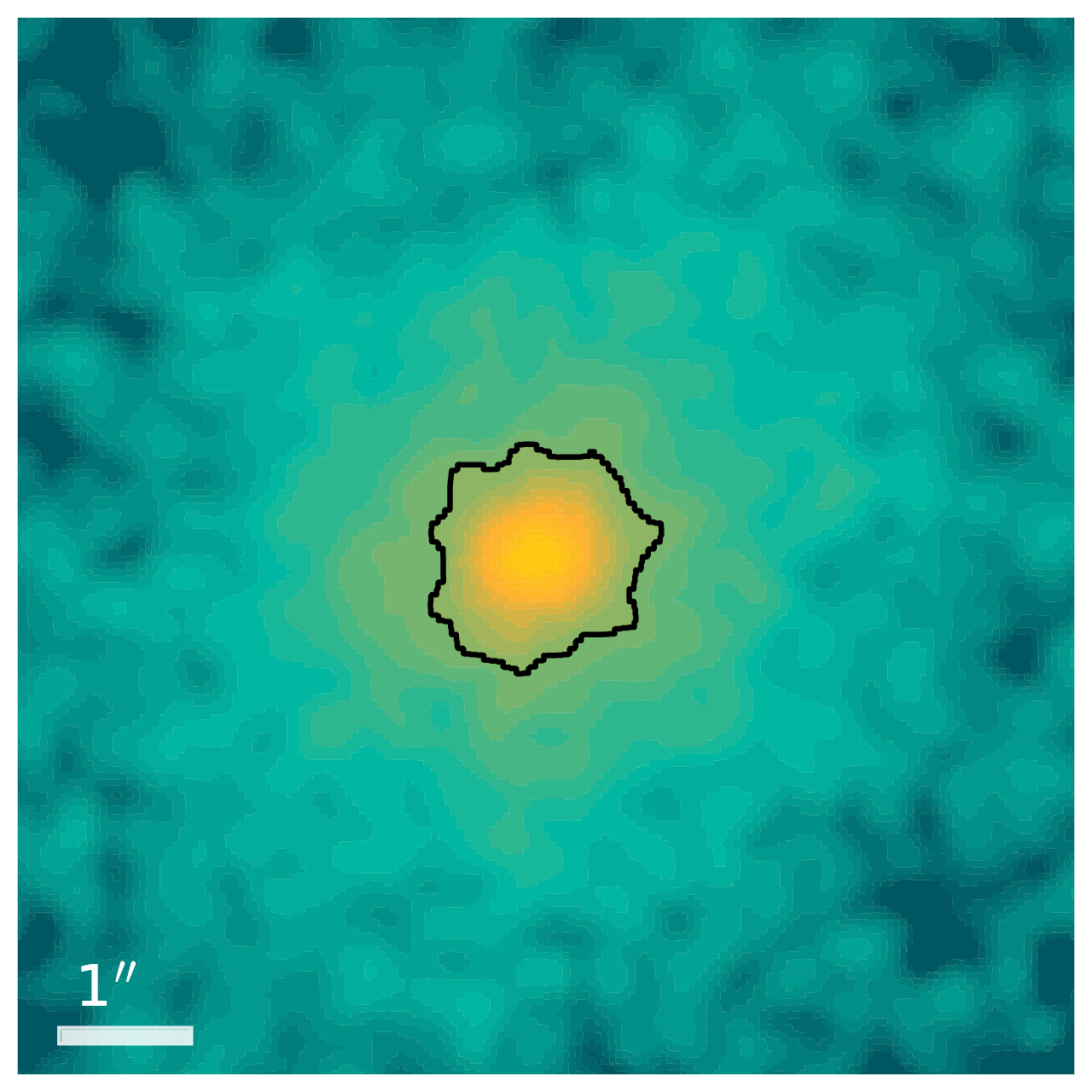
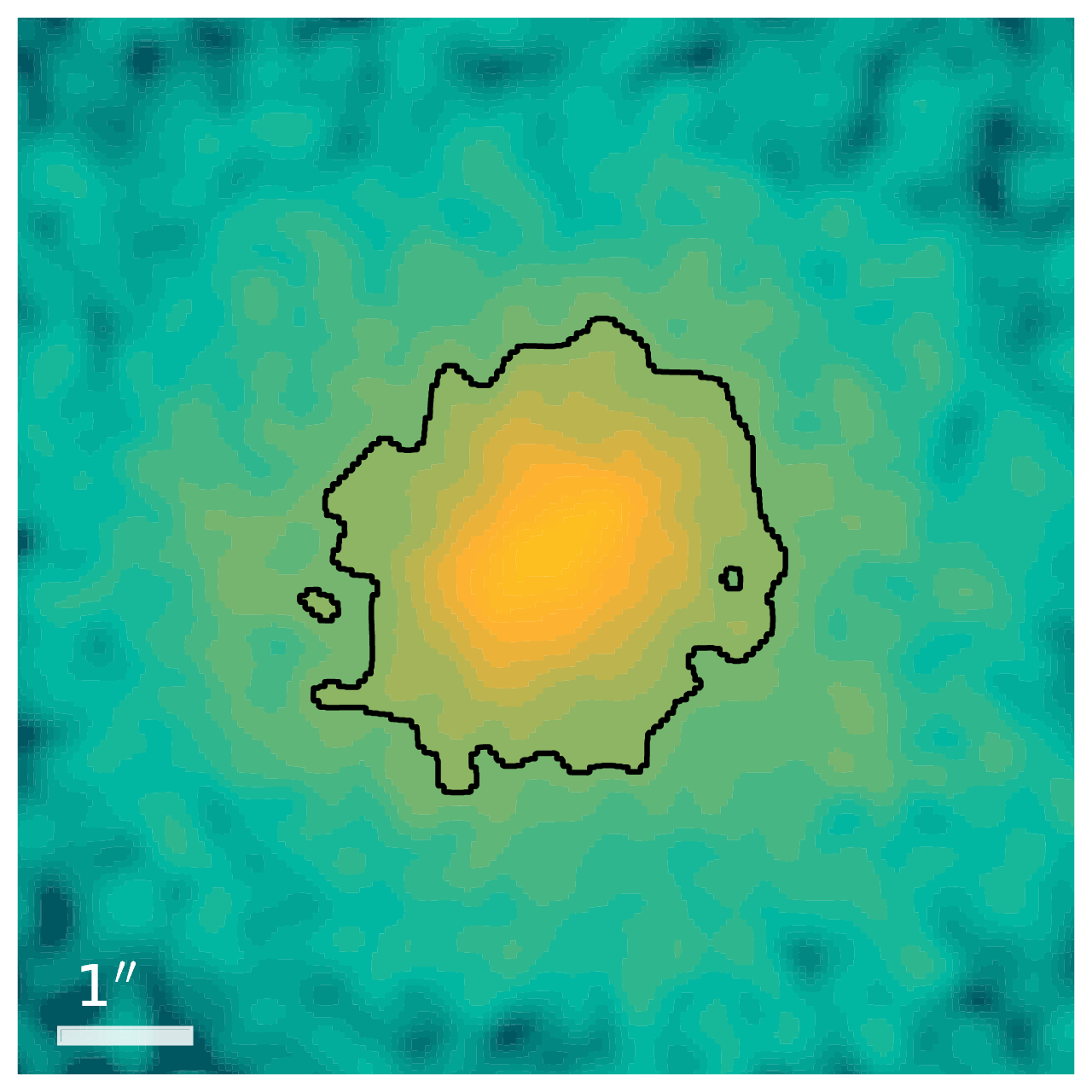
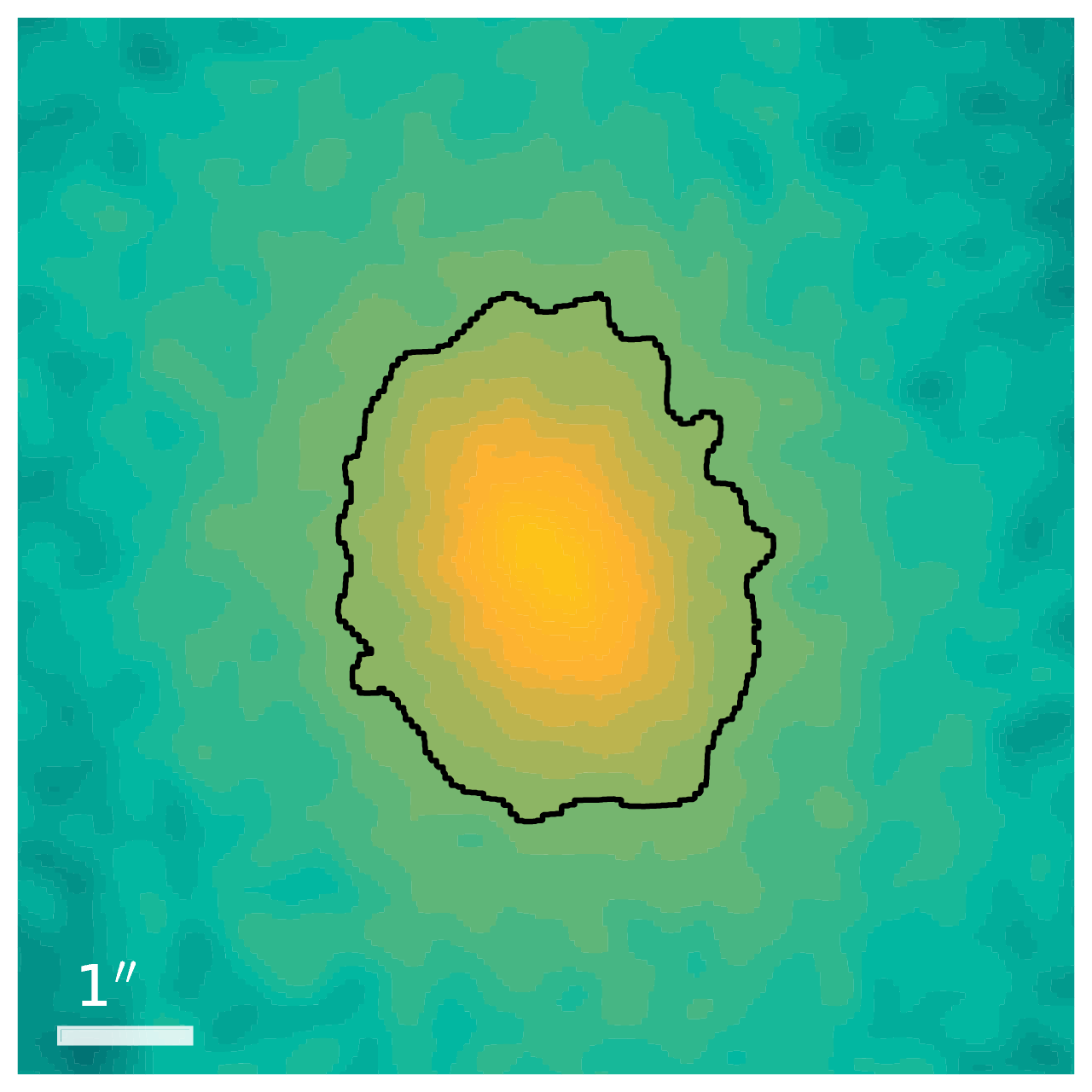
Denzel et al. (2020c, submitted to MNRAS)
Test cases
Lens systems: SDSSJ0029-0055, SDSSJ0753+3416, SDSSJ0956+5100 (out of 7)
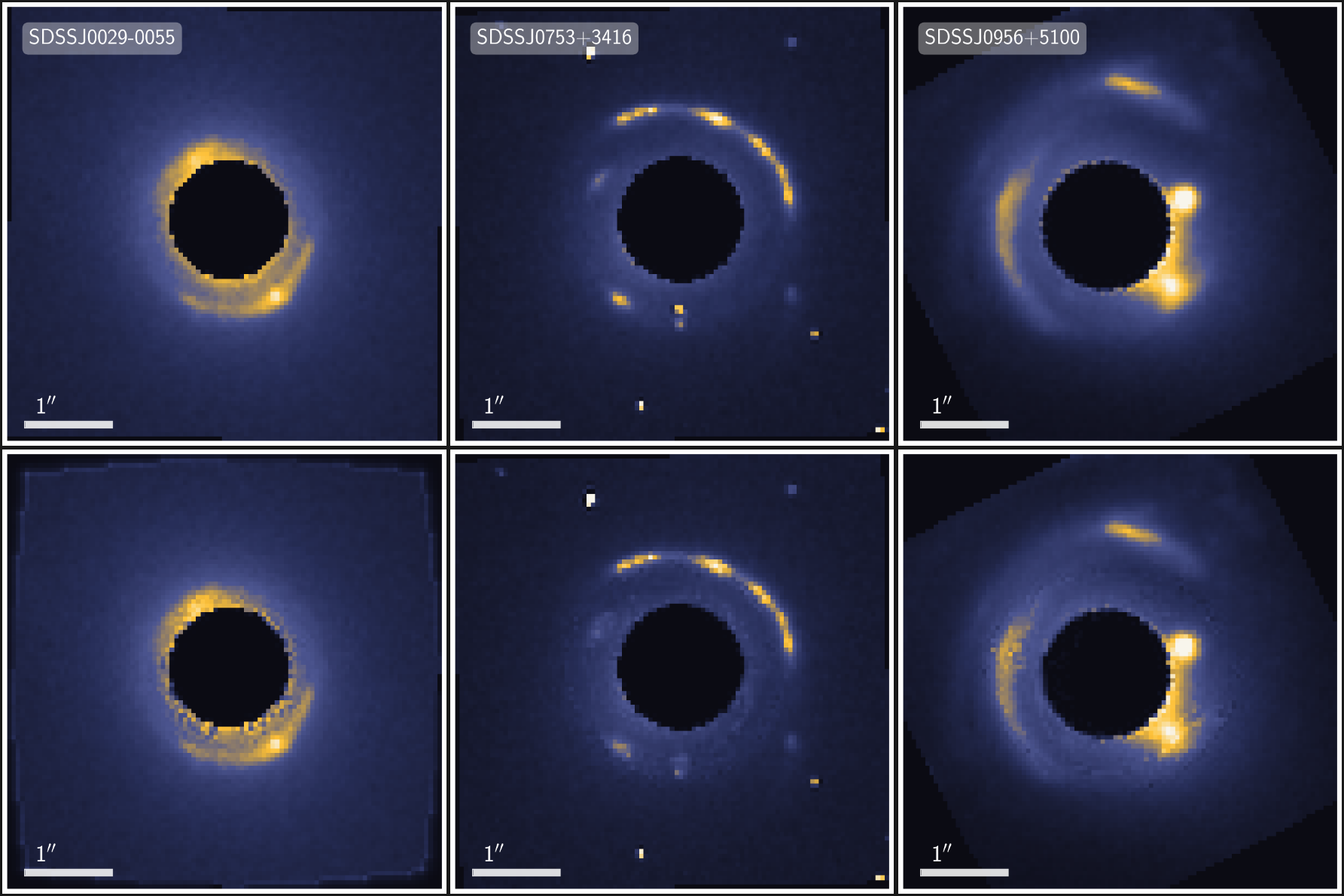
Denzel et al. (2020c, submitted to MNRAS)
Constraints on galaxy formation scenarios
| Lens | Best SEAGLE match |
Most-plausible \(F\) | \(\chi^2_\nu\) |
|---|---|---|---|
| SDSSJ0029−0055 | \(\color{#4E70F2}{\mathsf{FBconst}}\).HH44S1A0B90G0 | \(\color{#4E70F2}{\mathsf{FBconst}}\) | 2.68 |
| SDSSJ0737+3216 | \(\color{#4E70F2}{\mathsf{FBconst}}\).HH21S1A90B0G0 | \(\color{#4E70F2}{\mathsf{FBconst}}\) | 3.47 |
| SDSSJ0753+3416 | \(\color{#4E70F2}{\mathsf{AGNdT8}}\).HH1S9A0B0G90 | \(\color{#4E70F2}{\mathsf{AGNdT8}}\) | 2.78 |
| SDSSJ0956+5100 | \(\color{#4E70F2}{\mathsf{AGNdT8}}\).HH17S1A90B0G0 | \(\color{#4E70F2}{\mathsf{AGNdT8}}\) | 3.50 |
| SDSSJ1051+4439 | \(\color{#4E70F2}{\mathsf{FBconst}}\).HH48S3A0B90G0 | \(\color{#4E70F2}{\mathsf{FBconst}}\) | 2.69 |
| SDSSJ1430+6104 | \(\color{#4E70F2}{\mathsf{AGNdT8}}\).HH3S1A90B0G0 | \(\color{#4E70F2}{\mathsf{FBconst}}\) | 2.49 |
| SDSSJ1627−0053 | \(\color{#4E70F2}{\mathsf{AGNdT8}}\).HH205S0A90B0G0 | \(\color{#4E70F2}{\mathsf{FBconst}}\) | 2.37 |
Towards statistically significant constraints
- Source reconstruction: regularizations, lens subtraction
- Preselection using:
- Einstein-radius estimates
- stellar mass estimates from population synthesis models
- galactic dynamics through stellar dispersion
- eventually: substructure constraints using time-delay measurements
Denzel et al. (2020c, submitted to MNRAS)
Summary
- Lensing galaxies: models, simulations, and observations
- The Hubble constant from time-delay galaxy lenses
- Limitations of lens models: degeneracies
- Lens matching: constraints on galaxy formation theory
SW05 - a fossil group candidate?
SpaceWarps discovery
SW05 composite image (using g, r, and i channels) from CFHLS survey

Denzel et al. (2020d, to be submitted)
Initially modelled by citizen scientists
using SpaghettiLens (Küng et al. 2015 & Küng et al. 2017)

Denzel et al. (2020d, to be submitted)
Stellar mass estimates
using stellar population synthesis models
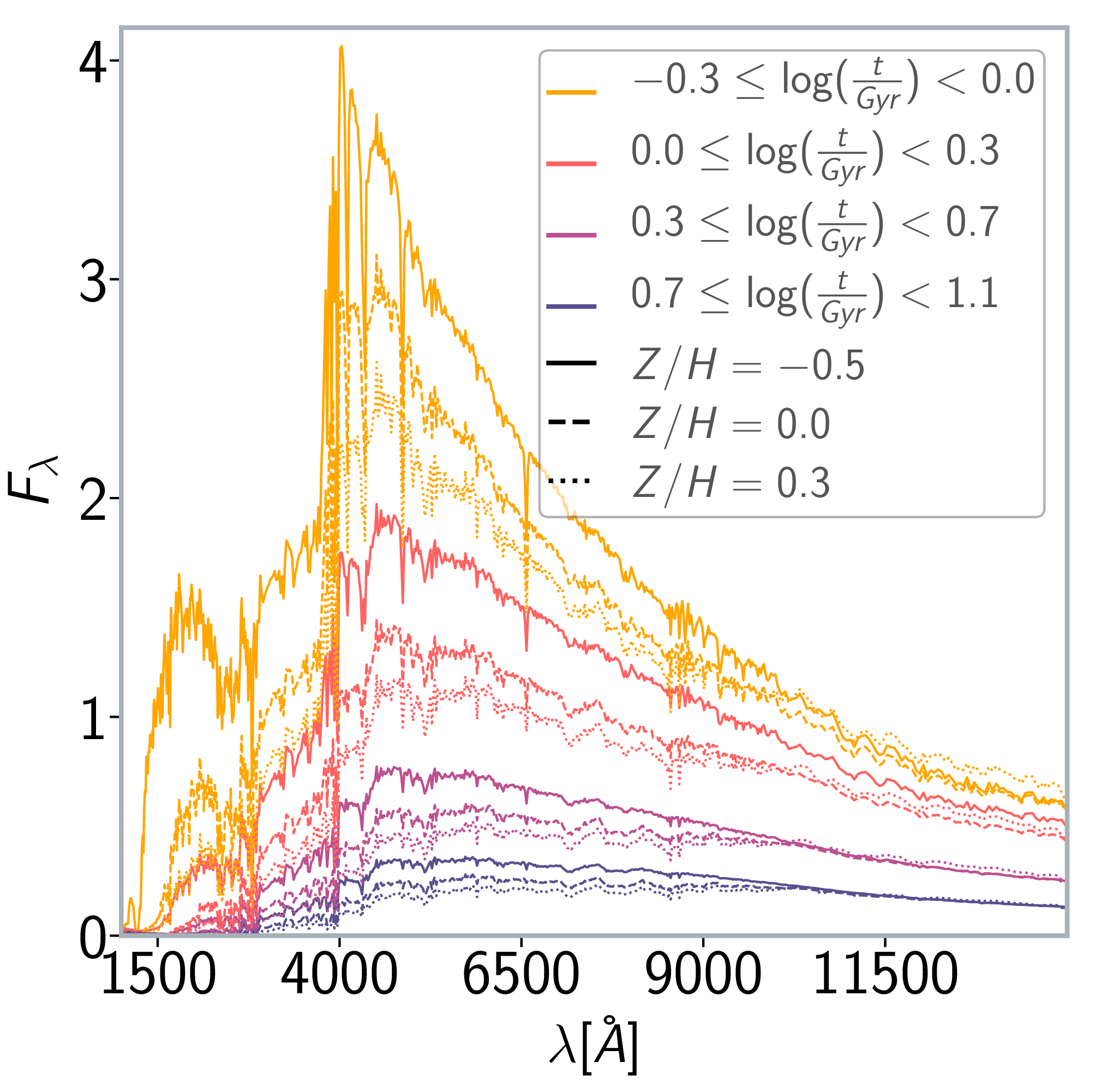
Marginalized over:
- redshifts
- 3 different metallicities
- 4 age ranges
- constant star formation rate assumed
Denzel et al. (2020d, to be submitted)
Light vs dark
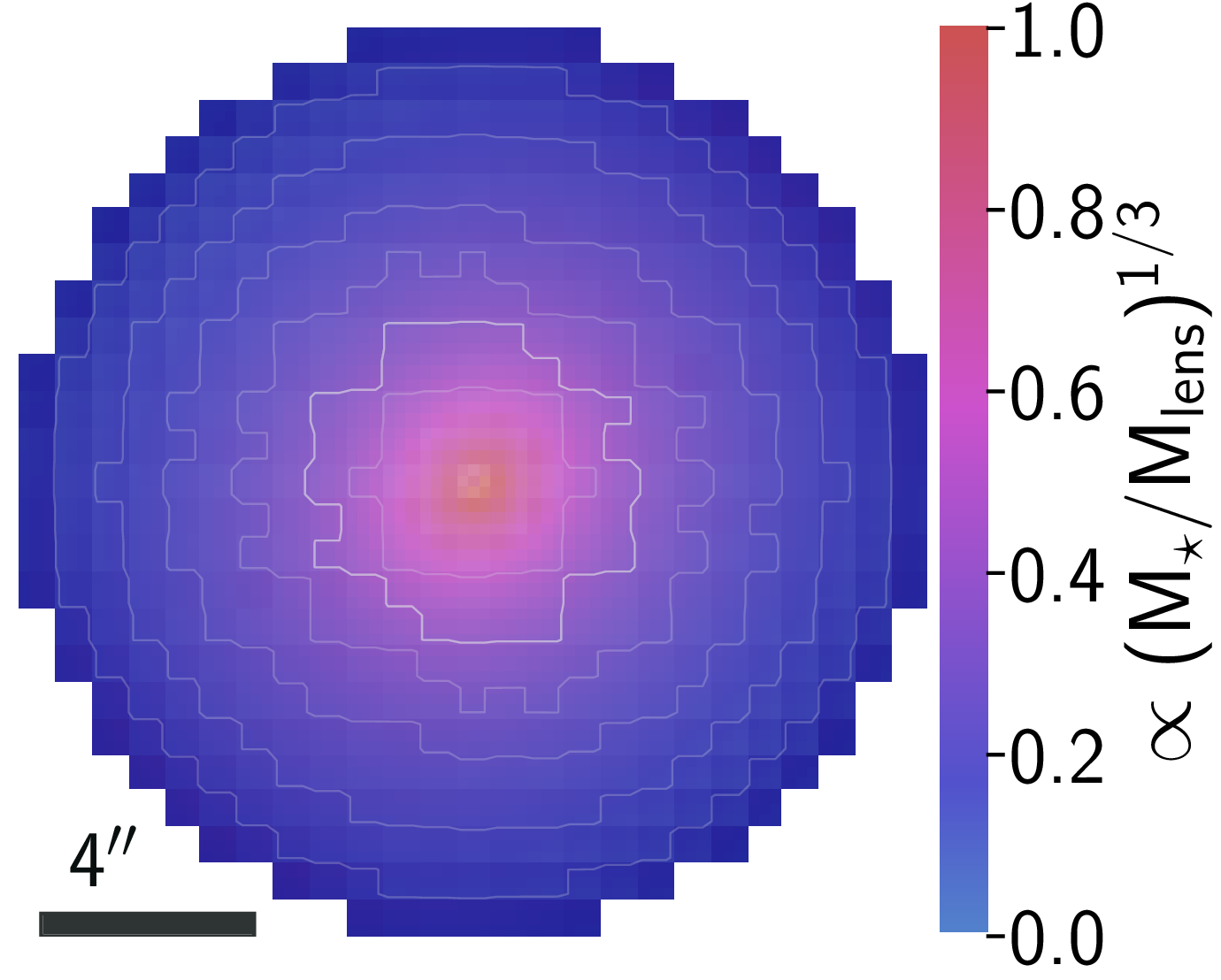
- Total mass:
\((1.12 \pm 0.08) \cdot 10^{13} \mathrm{M}_{\odot}\) - Stellar mass:
\((3.04 \pm 0.22) \cdot 10^{11} \mathrm{M}_{\odot}\)
Denzel et al. (2020d, to be submitted)
Stellar mass \(\neq\) baryonic mass
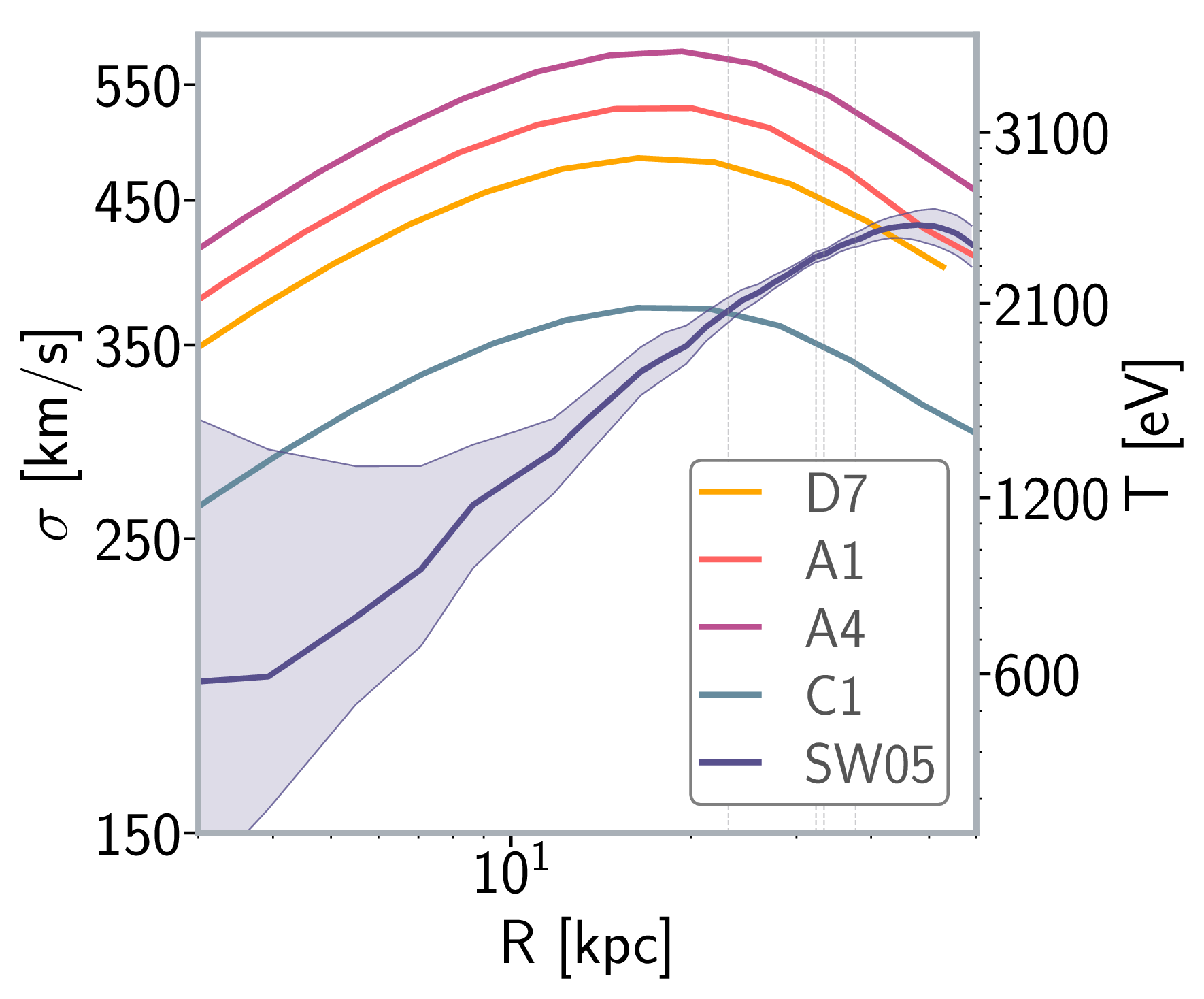
Possibly missing mass in gas,
radiating at a temperature of:
\[ \left(\frac{GM}{c^3}\right) \left(\frac{c}{r}\right) \times 1\,\mathrm{GeV} \\ \sim 5 \mathrm{keV} \]
Denzel et al. (2020d, to be submitted)
Strong evidence for fossil group
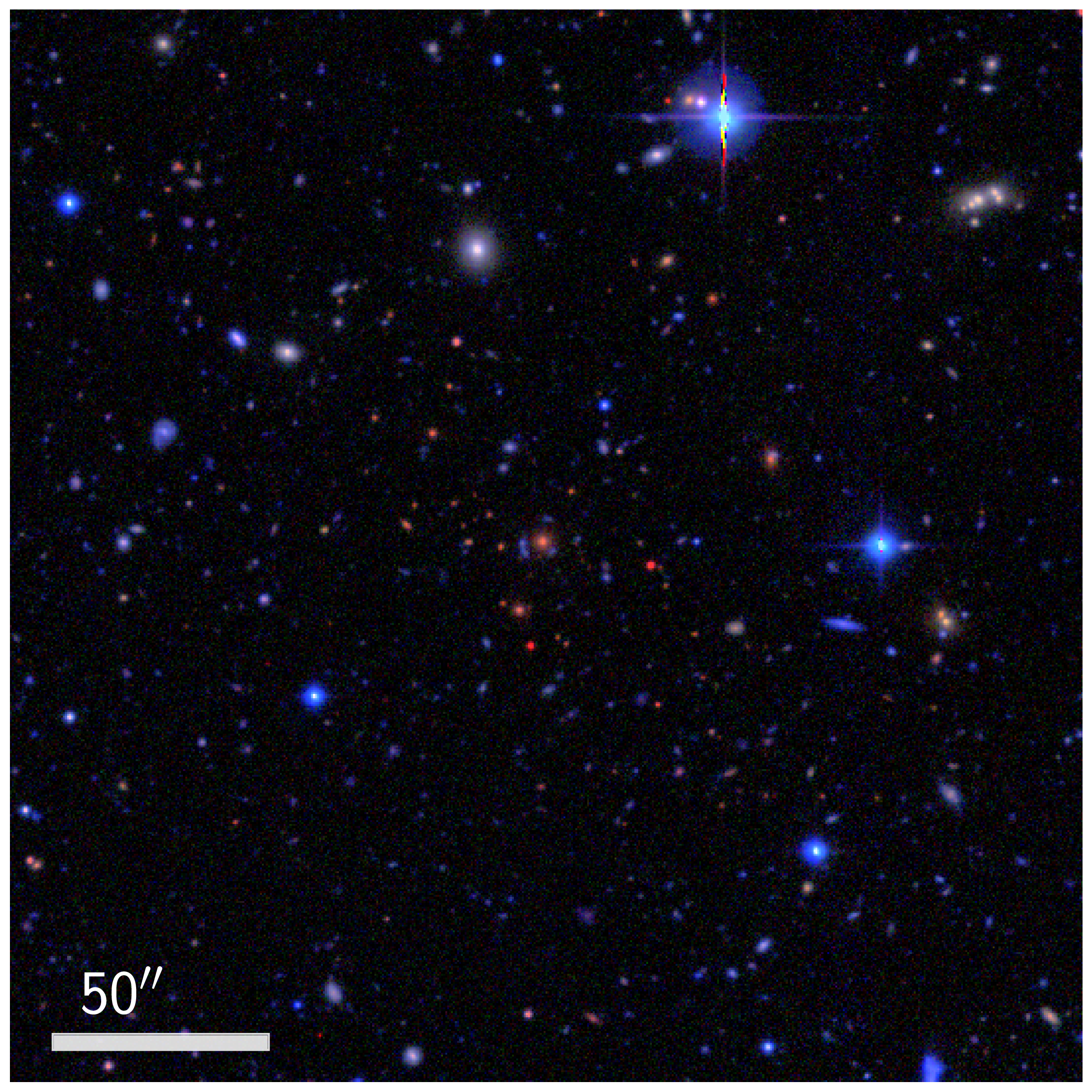

Denzel et al. (2020d, to be submitted)
